- Today I want to share with you this beautiful experience I had visiting a part of the Arrabida reserve located in Setubal, where you can enjoy the wildlife and forest, even I will also share with you these beautiful views that you can get, also the species of plants found that we will also go to deepen each one and best of all we managed to make a small route called Oleiros where you have to walk 2 km, very easy to do and fast.
ESP
- El día de hoy quiero compartirles esta hermosa experiencia que tuve visitando una parte de la reserva de Arrabida localizada en Setubal, donde puedes disfrutar de la fauna silvestre y floresta, incluso también les compartiré estas hermosas vistas que puedes obtener, también las especies de plantas encontradas que también iremos a profundizar cada una y lo mejor de todo logramos hacer una pequeña ruta que se llama Oleiros donde tendrás que caminar 2 km, muy fácil de hacer y rápida.

Beginning our adventure, we can already find the indications of the different ways that we can take. We will go in direction to the dirt road and already entering we can appreciate one of the most famous plants of these times, which is the orchid, here we find specifically the papilionacea we can distinguish it by its vivid purple color with small lines in the petals has a rigid trunk with green leaves around. When we search the internet, we can also learn that this type of orchid has leaf bracts (3 to 4) that wrap around the stem for most of its length.
Another plant that we can highlight at the beginning of the walk is the famous Agave americana. It is native to North America, that is, in Mexico and the United States. We can see them in different parts, and today we can see that they are also found in the Arrabida reserve. As we can see in the photo, its succulent leaves are very large (1-2 m by 15-25 cm), lanceolate, bluish-white. Another curious fact is that its center is rolled up in the center and in Mexico they call it the coyote.
ESP
Comenzando nuestra aventura, ya podemos encontrarnos las indicaciones de las diferentes vías que podemos tomar. Iremos en dirección al camino de tierra y ya entrando podemos apreciar unas de las plantas más famosas de estos tiempos, que es la orquídea, aquí nos encontramos específicamente la papilionácea podemos distinguirla por su color vivo púrpura con pequeñas líneas en los pétalos tiene un tronco rígido con hojas verdes alrededor. Cuando buscamos en internet, también podemos aprender que este tipo de orquídea presenta brácteas foliares (3 a 4) que envuelven el tallo en la mayor parte de su longitud.
Otra de las plantas que podemos destacar en el inicio de la caminata es la famosa Agave americana. Es originaria de norte América, o sea, en México y Estados Unidos. Podemos apreciarlas en diferentes partes, y el día de hoy podemos apreciar que también se encuentra en la reserva de Arrabida. Así como podemos apreciar en la foto, sus hojas suculentas son bien grandes (1-2 m por 15-25 cm), lanceoladas, de color blanco azulado. Otro de los datos curiosos es que su centro se encuentra enrollado el centro y en México le dicen el coyote.
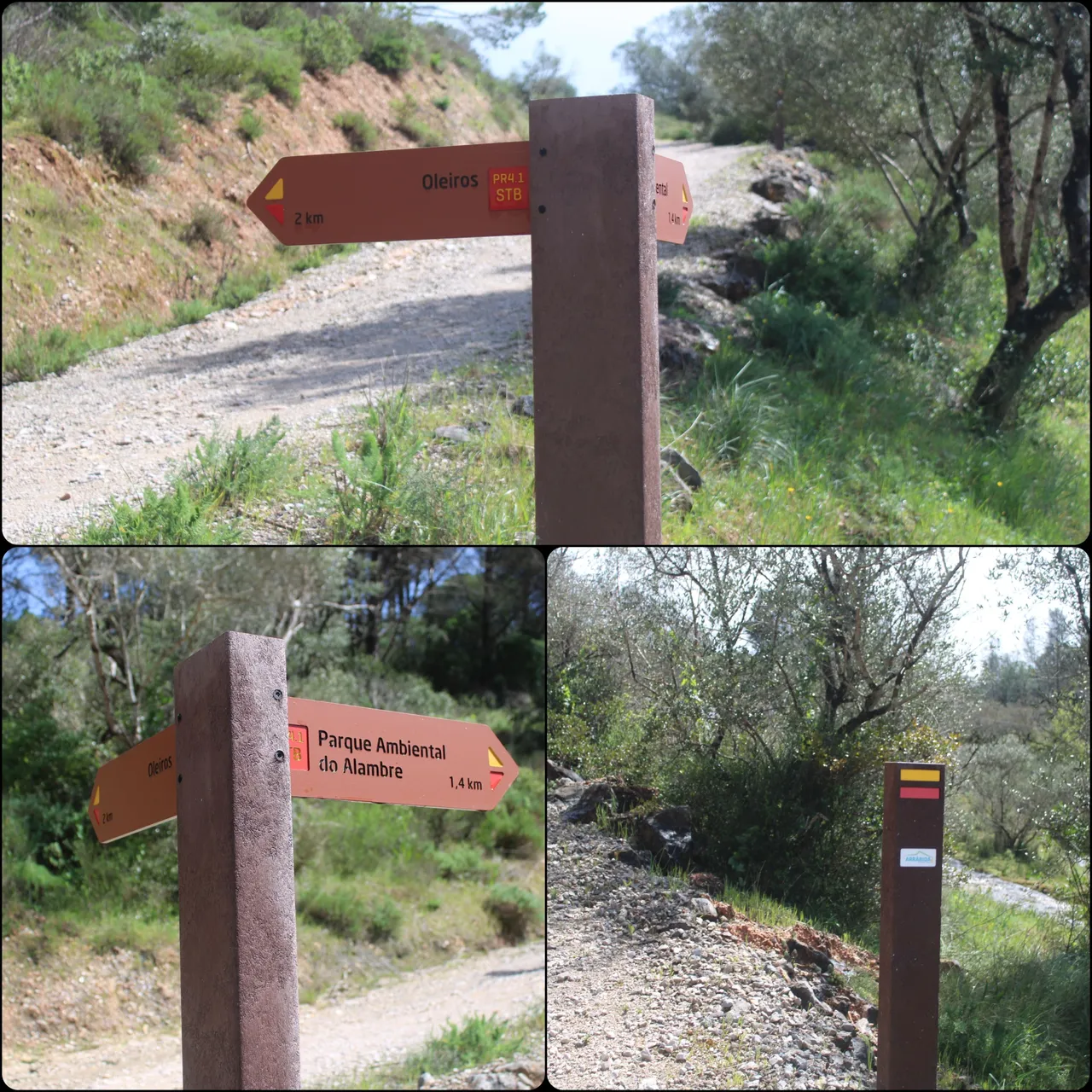

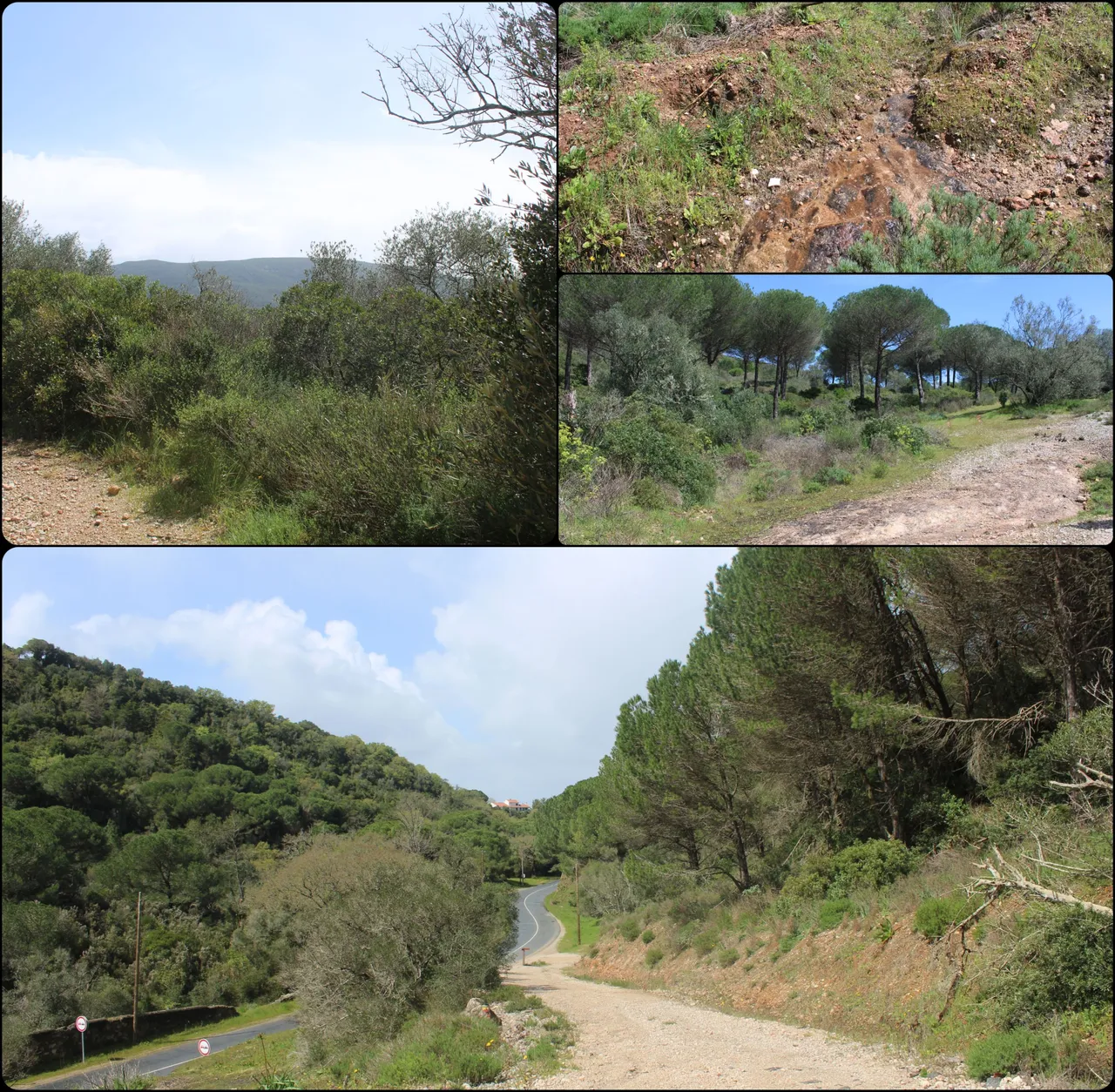



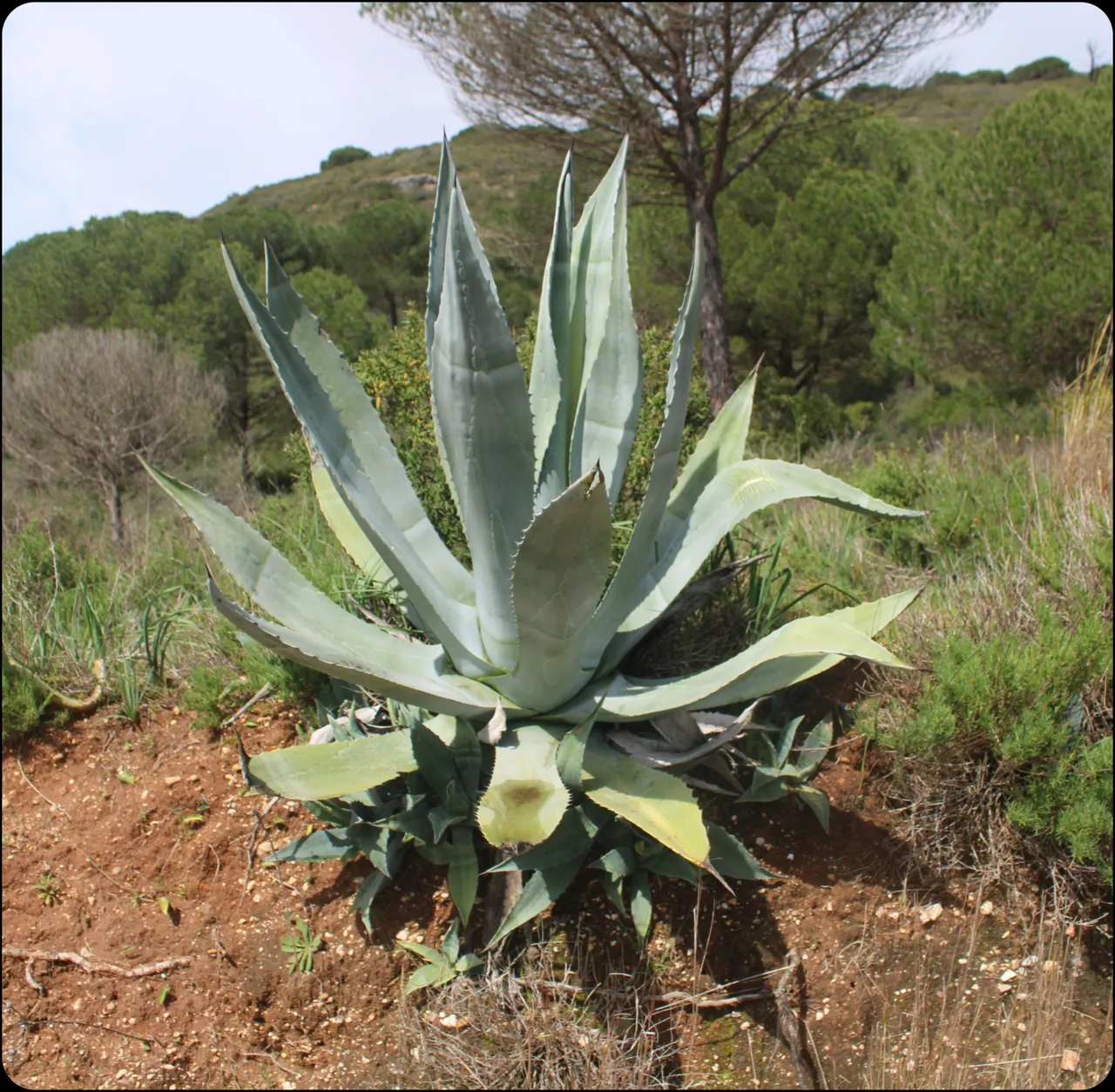
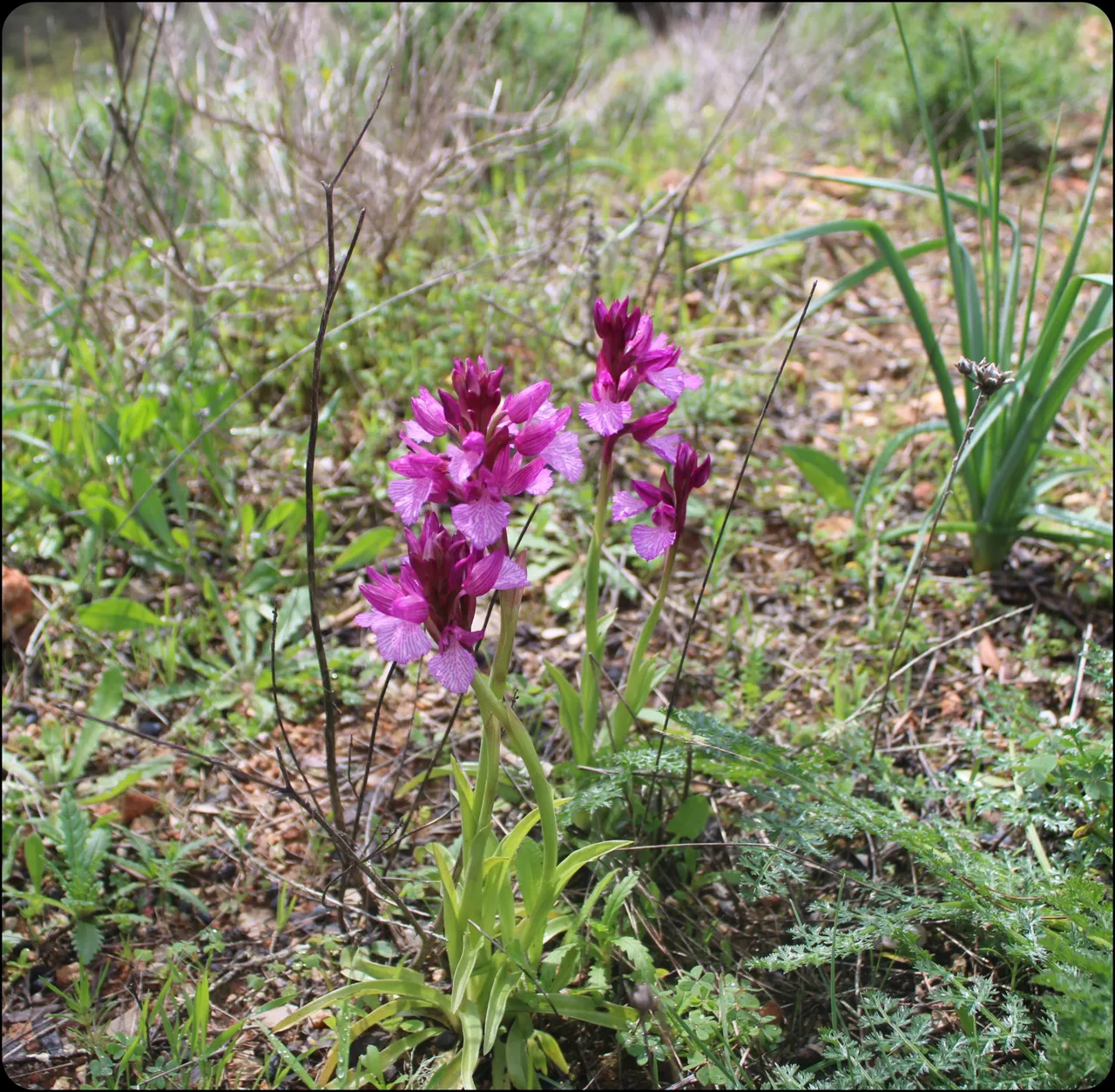
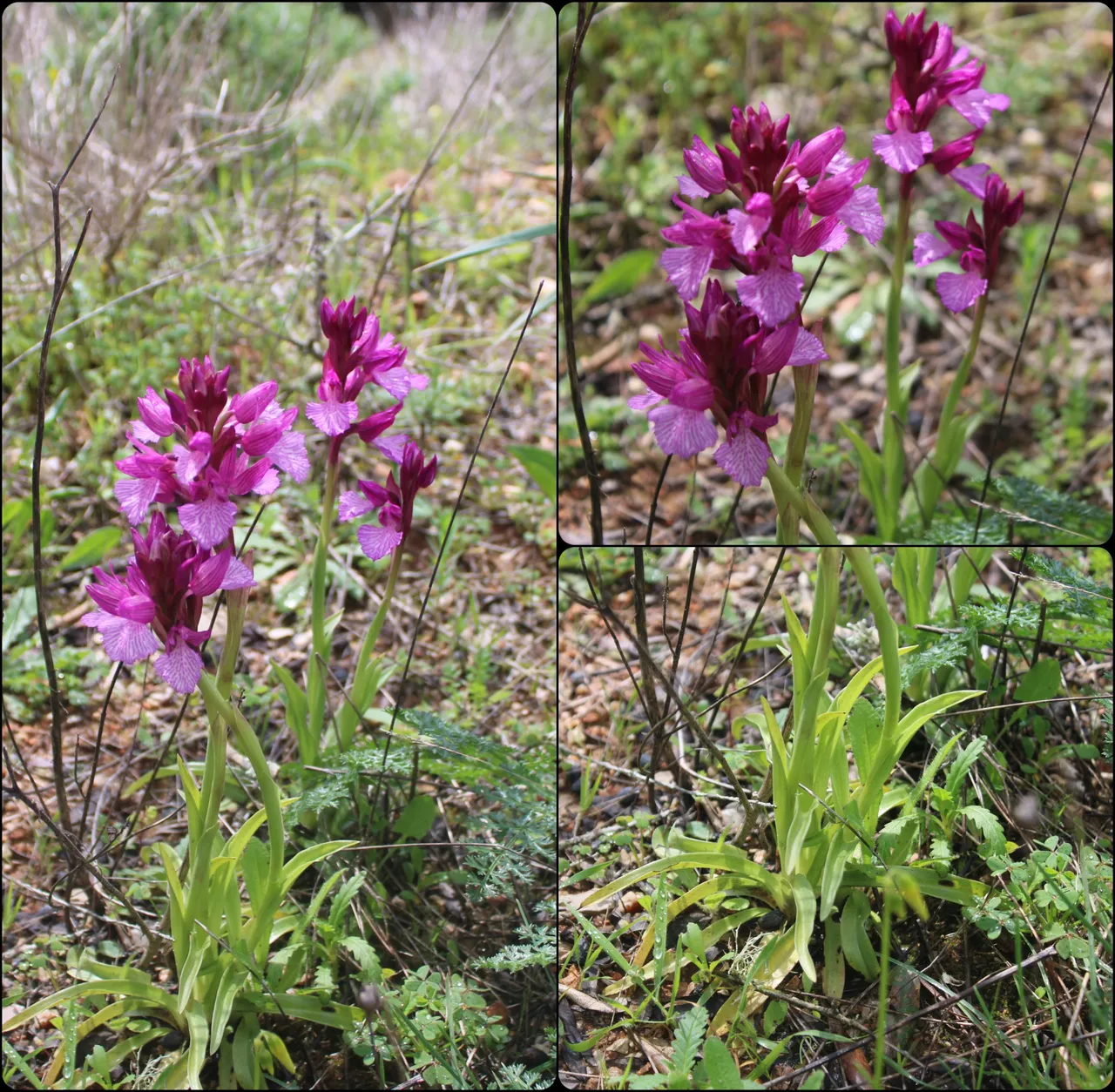
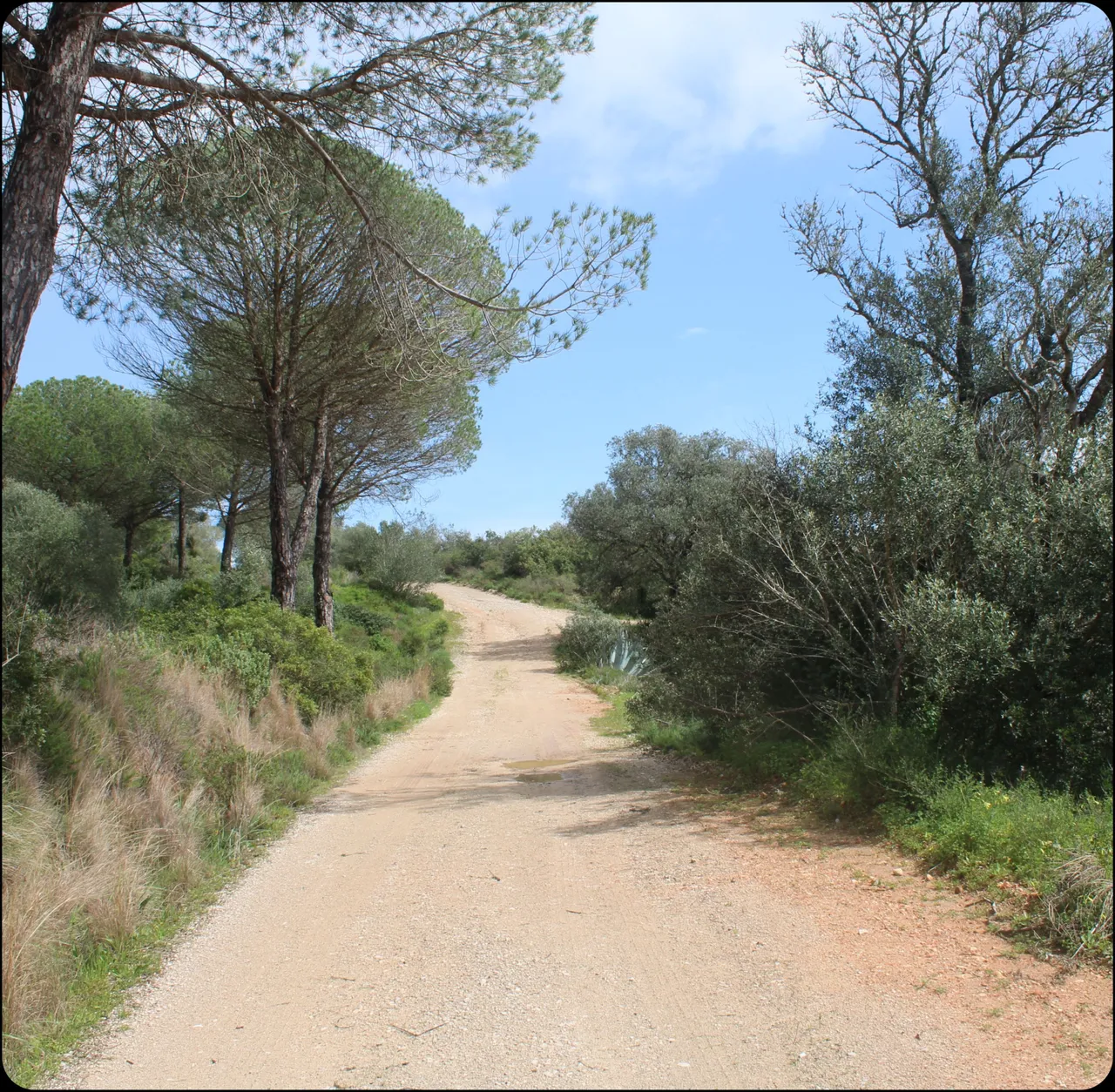
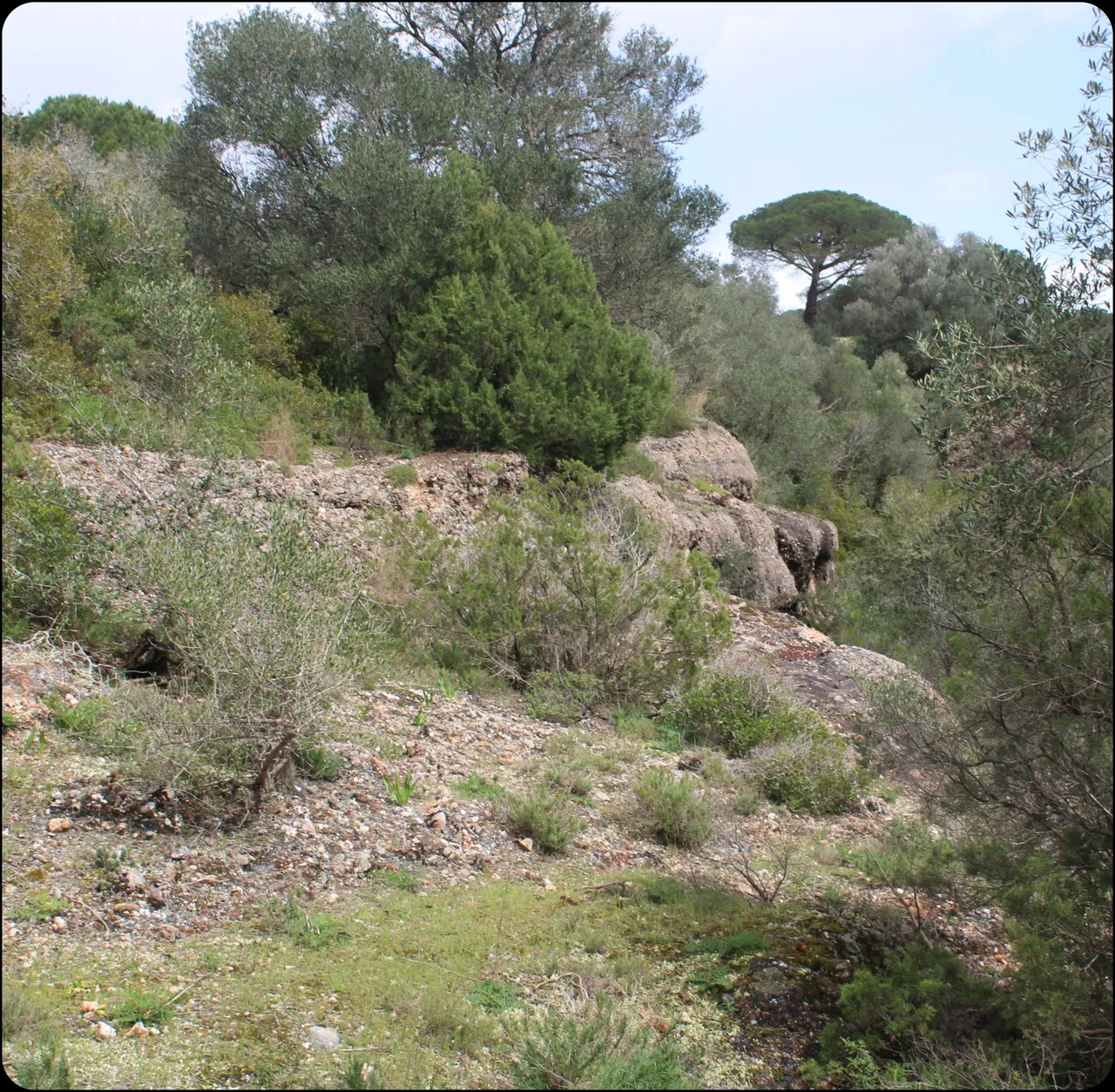
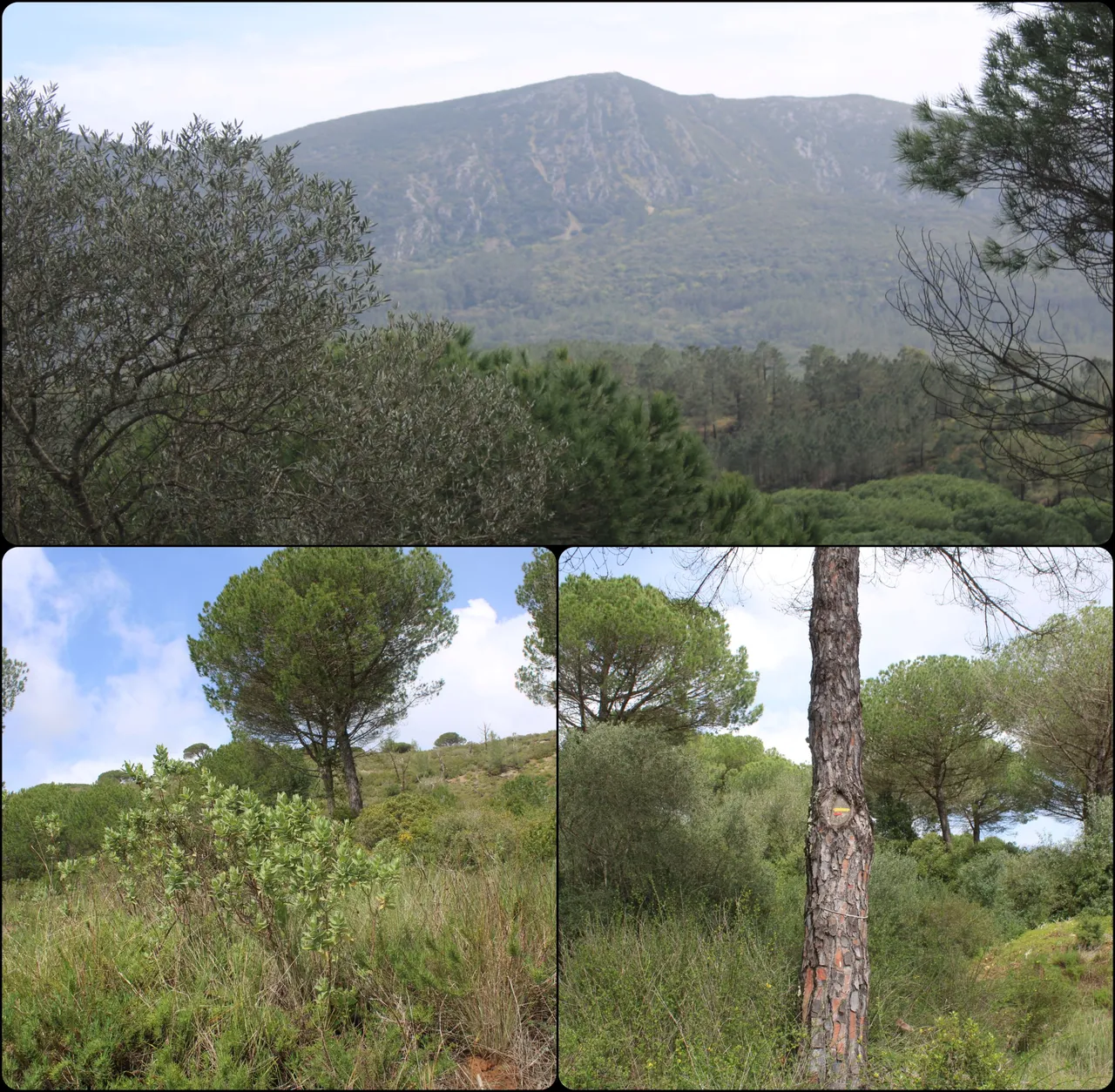

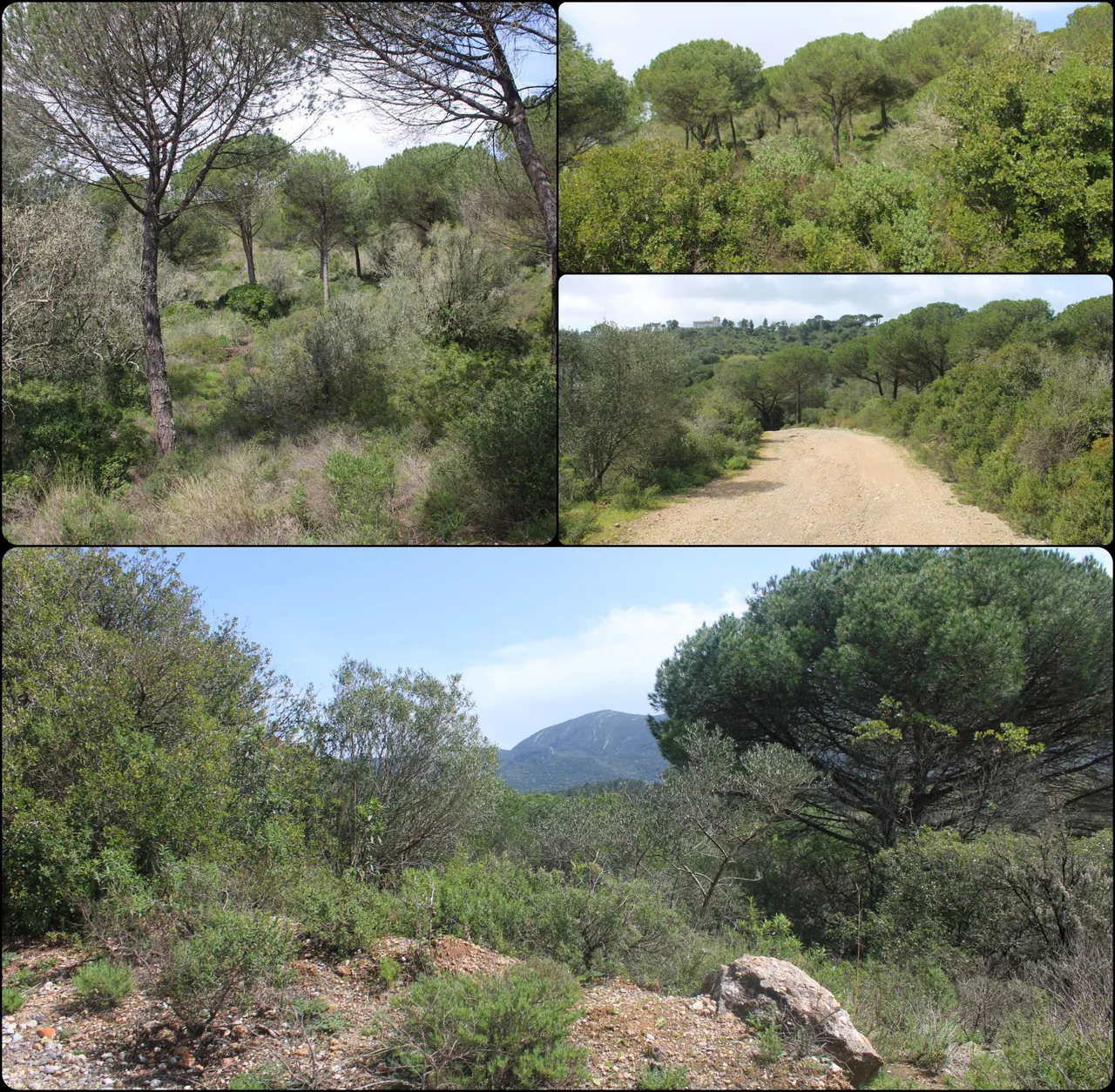
Mediterranean Euphorbium, what we can appreciate visually is that it is a shrub of a small size that also has small flowers with purple touches just like the trunk. Another curious fact that we find is that the stems, when split, exude sap which is a latex (whitish liquid).
Moraea sisyrinchium here we find a small beautiful flower, well colored, white purple and a touch orange. It is a dwarf iris, of the genus Moraea, native to southern Europe and the Mediterranean region. So it is a flower that we can appreciate popularly in Portugal.
ESP
Euforbio mediterráneo, lo que podemos apreciar visualmente es que se trata de un arbusto de un tamaño pequeño que también cuenta con pequeñas flores con unos toques morados iguales que el tronco. Otro dato curioso que encontramos es que los tallos, al ser partidos, exudan savia que es un látex (líquido blanquecino).
Moraea sisyrinchium aquí nos encontramos con una pequeña flor preciosa bien colorida, morado blanco y un toque anaranjado. Es un iris enano, del género Moraea, originario del sur de Europa y la región mediterránea. O sea es una flor que podemos apreciar popularmente en Portugal.
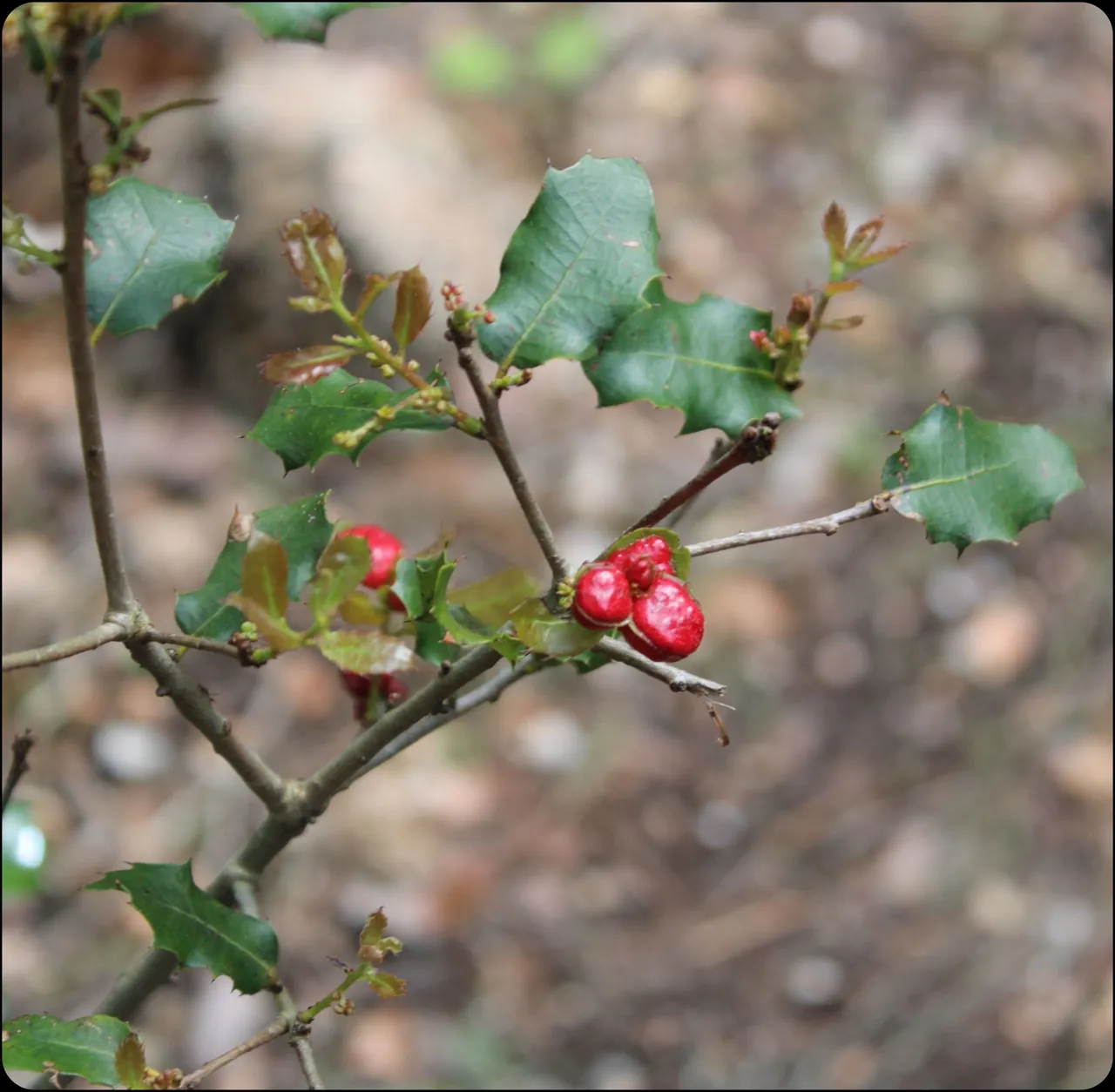

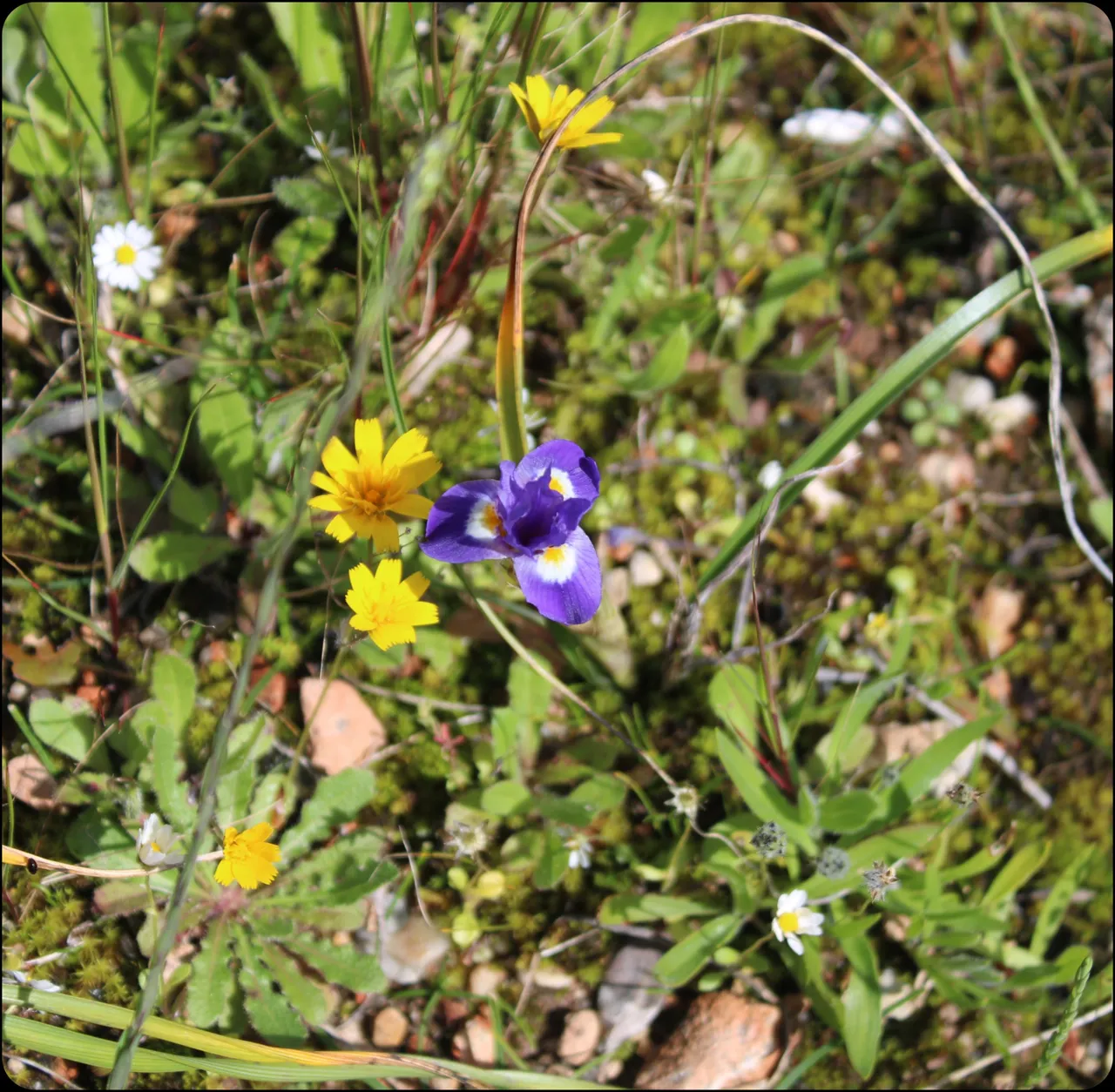

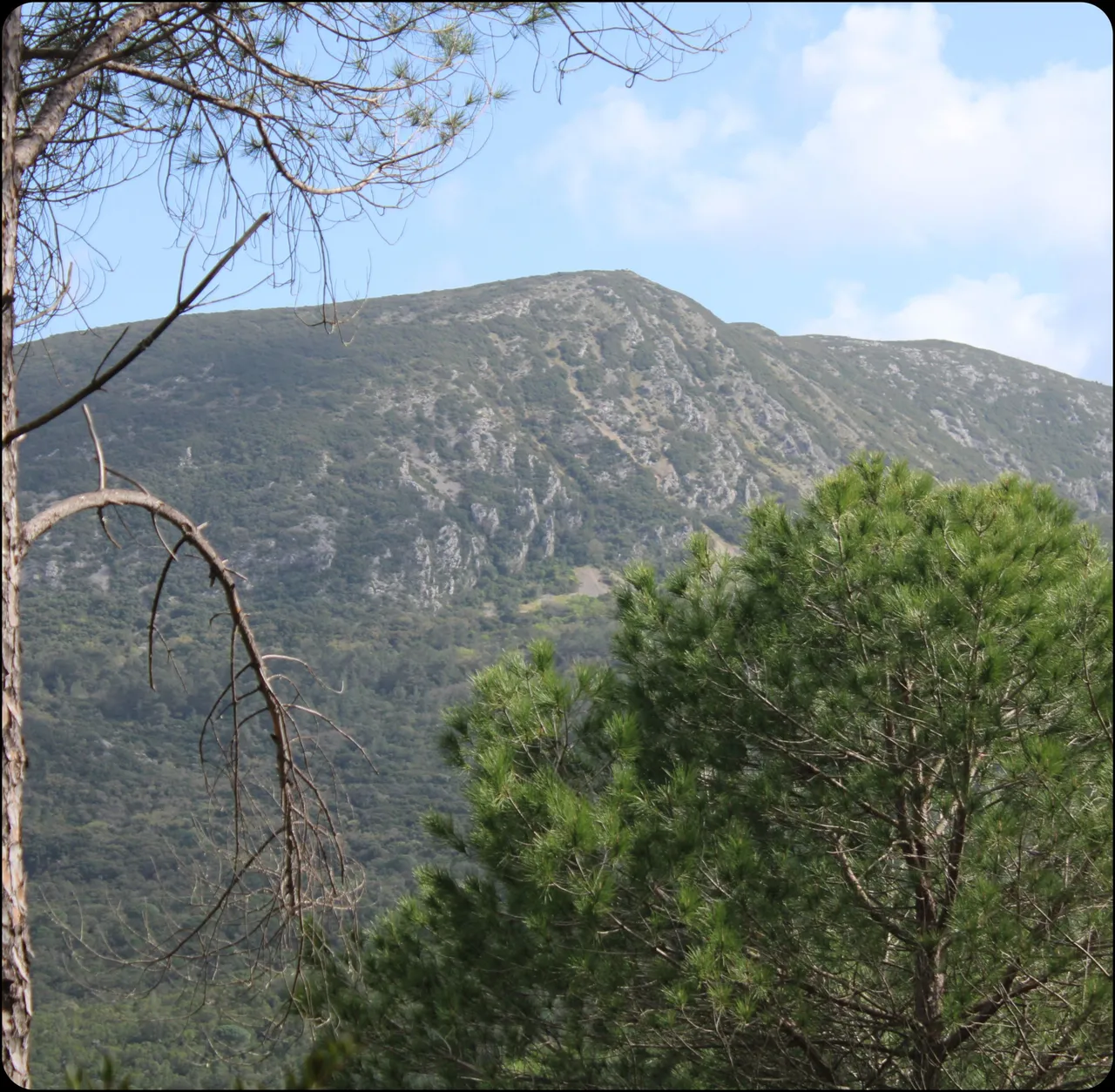

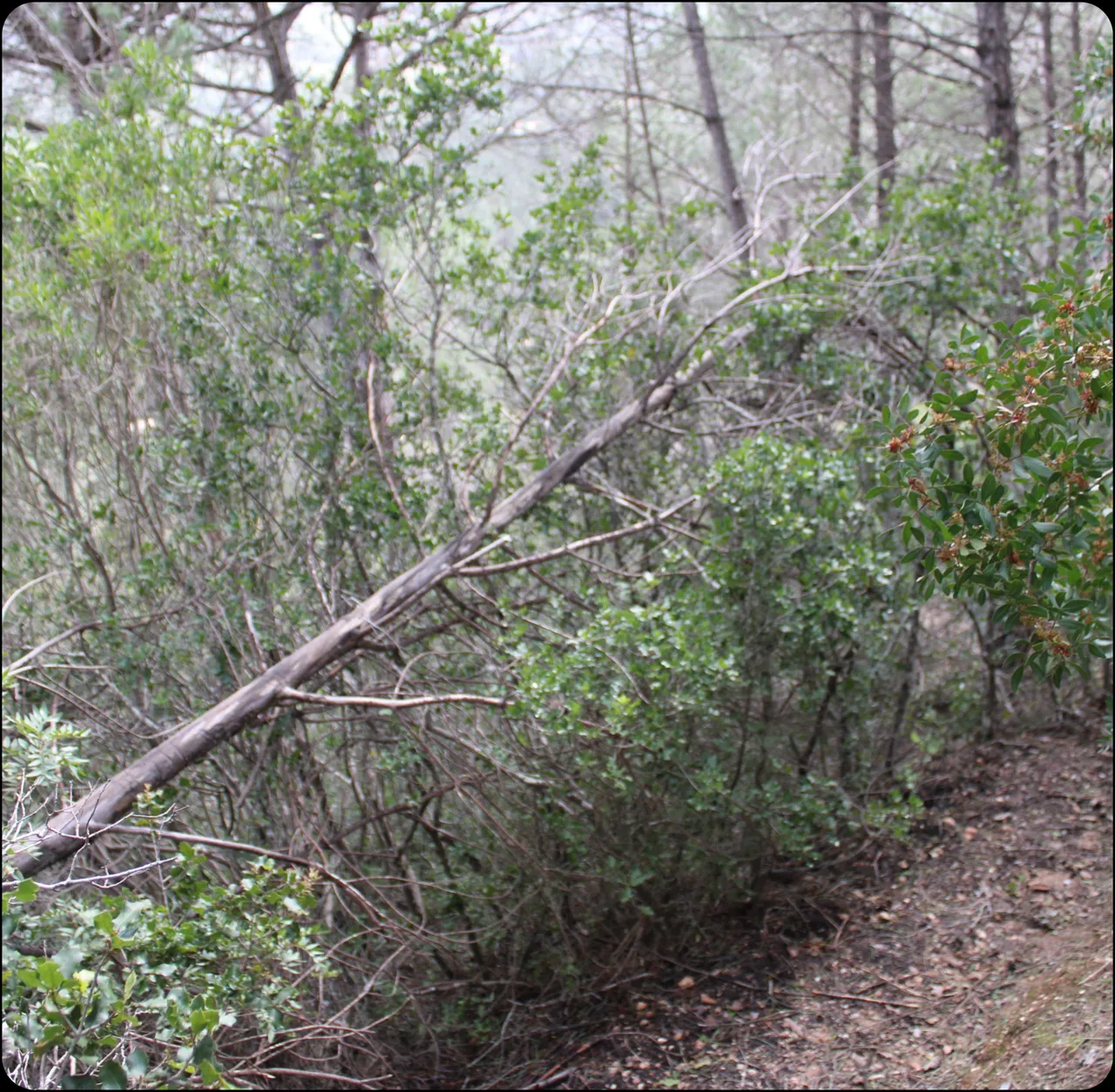
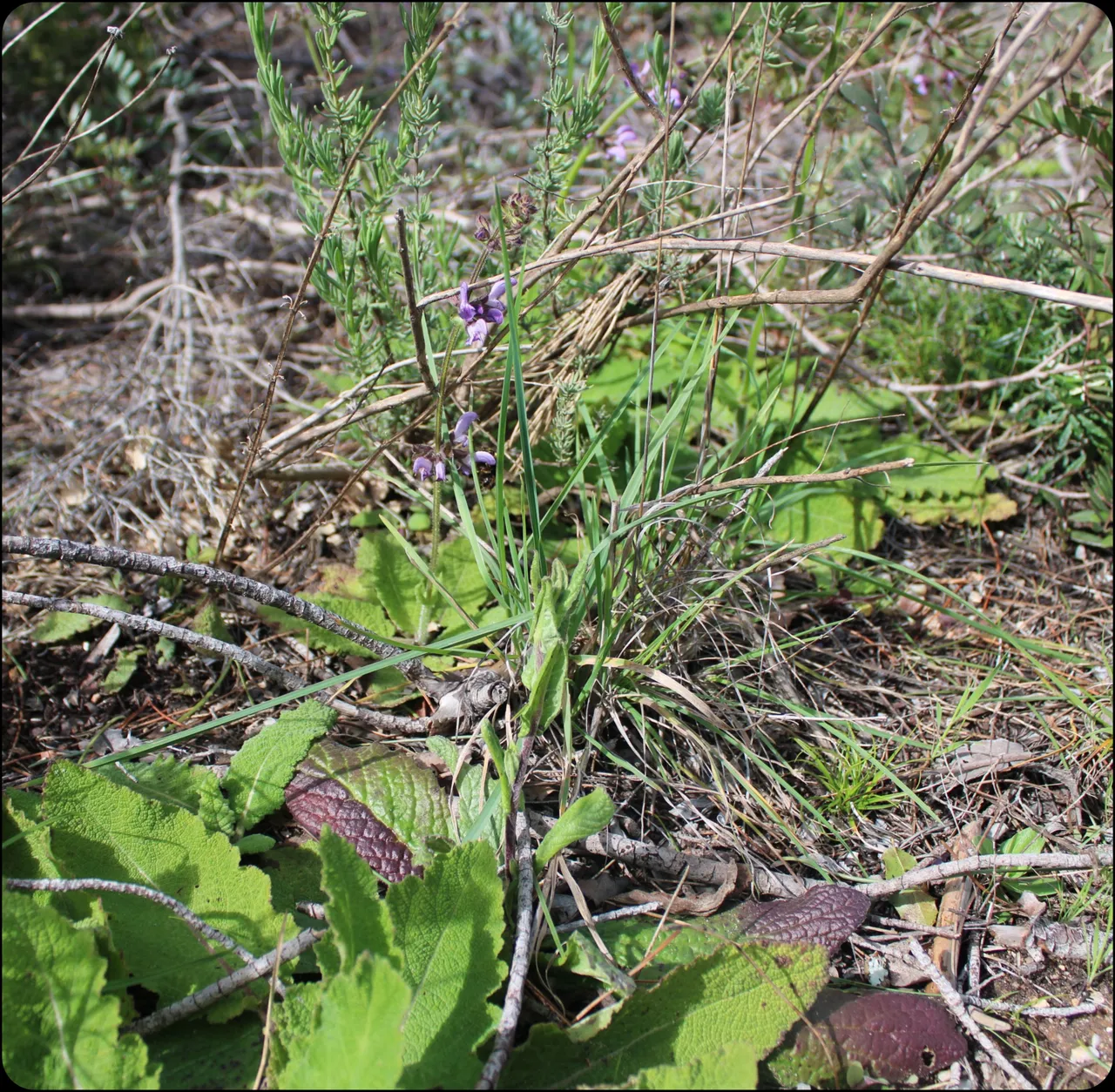
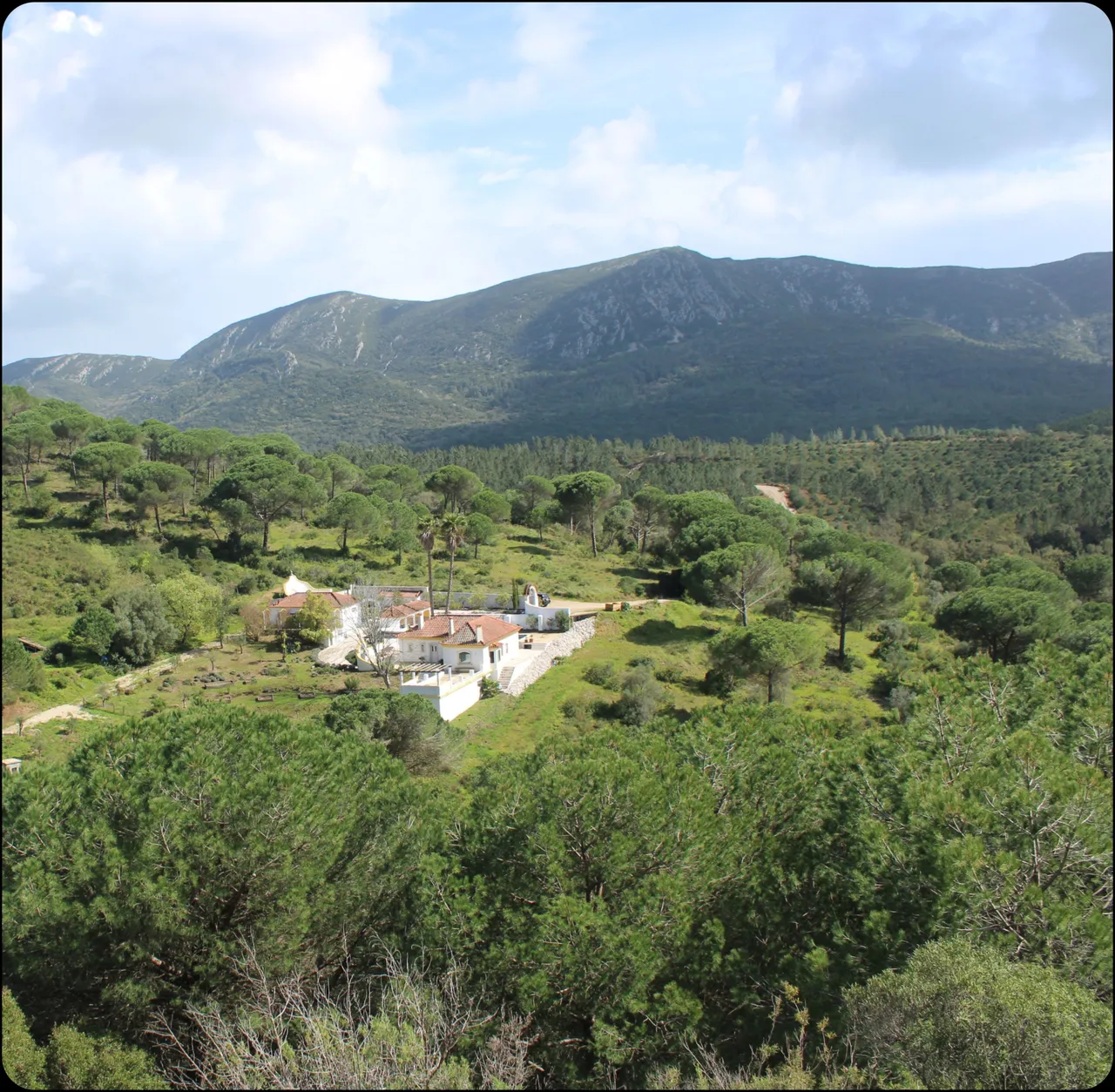
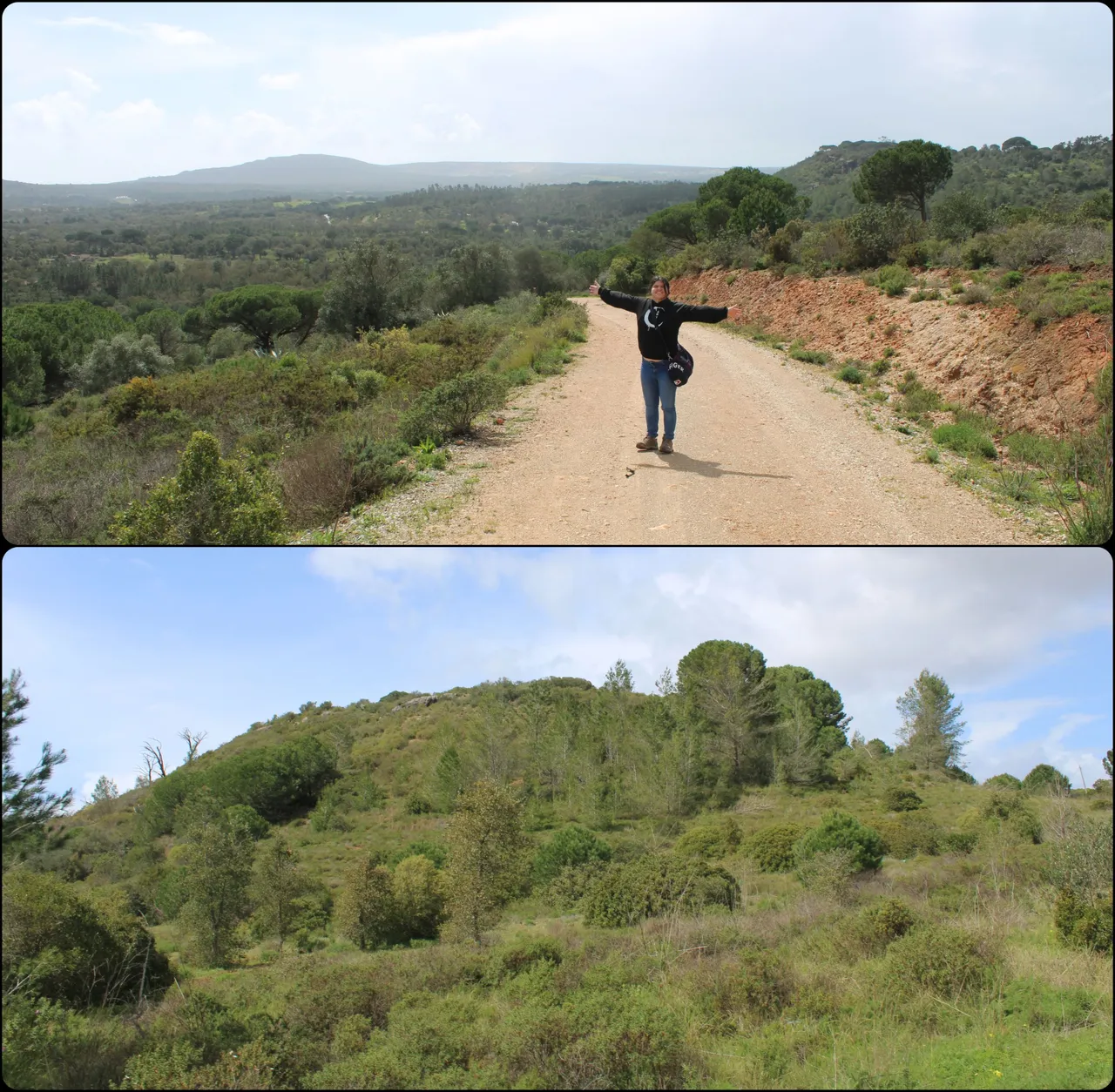
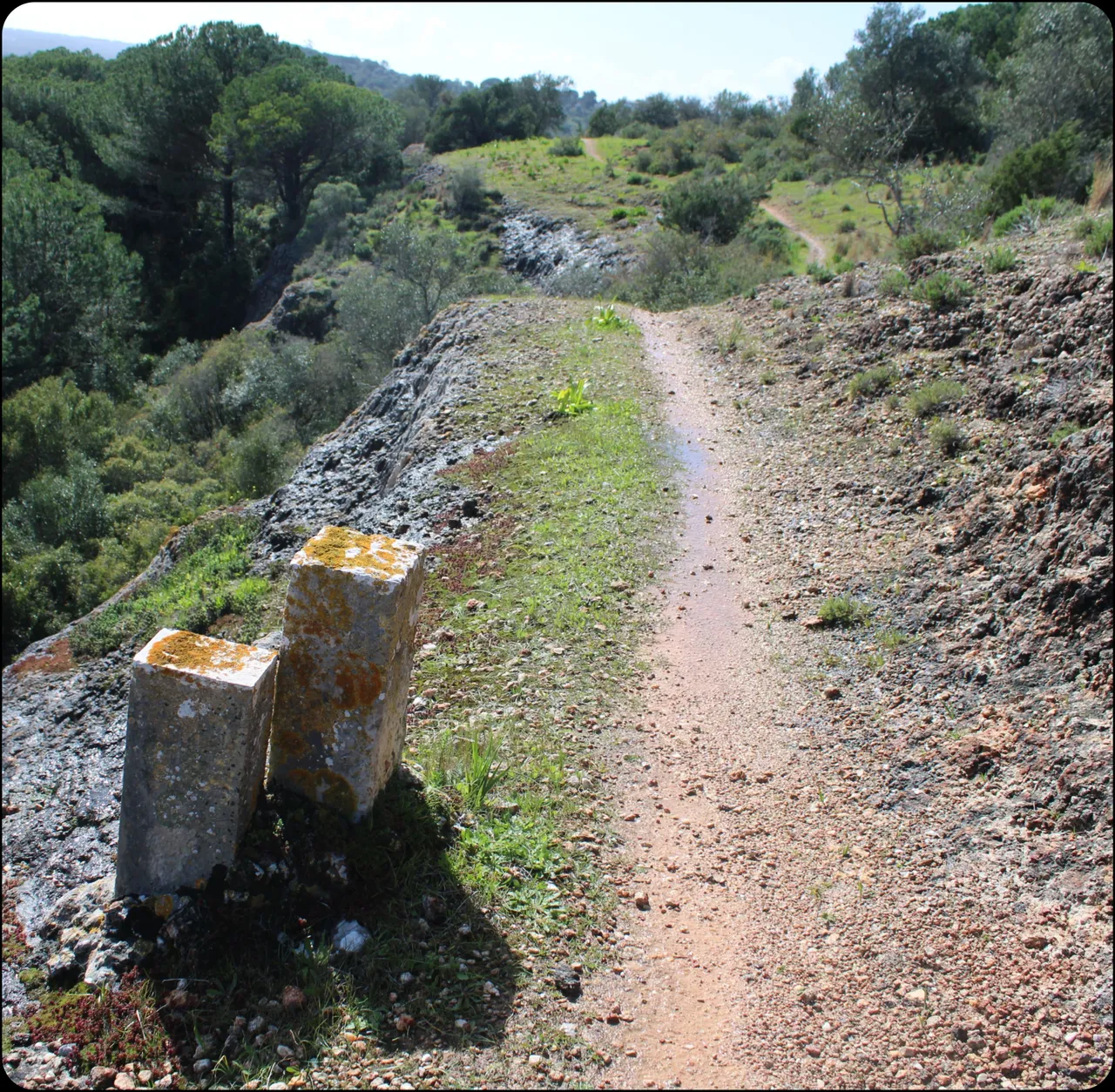
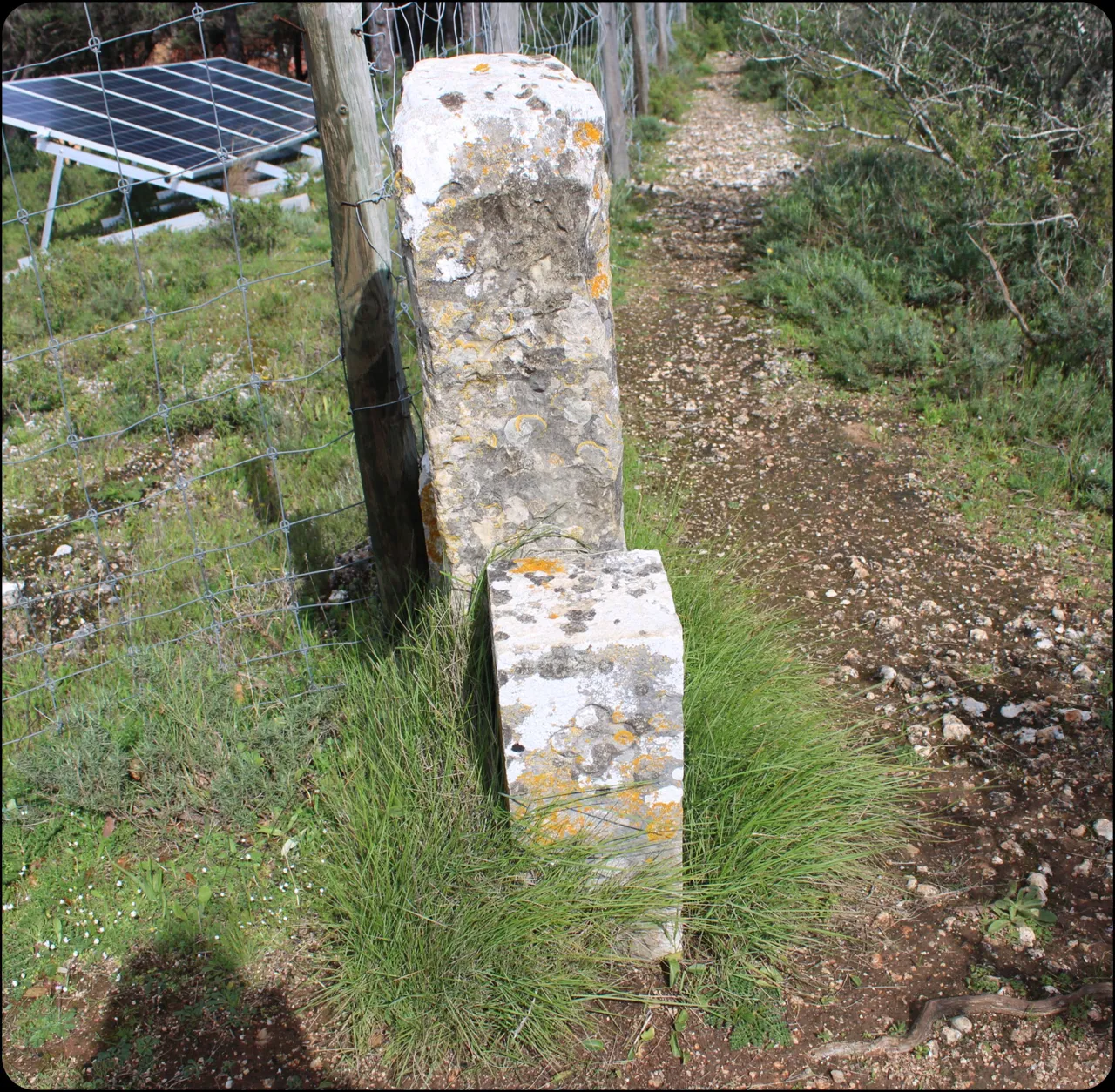

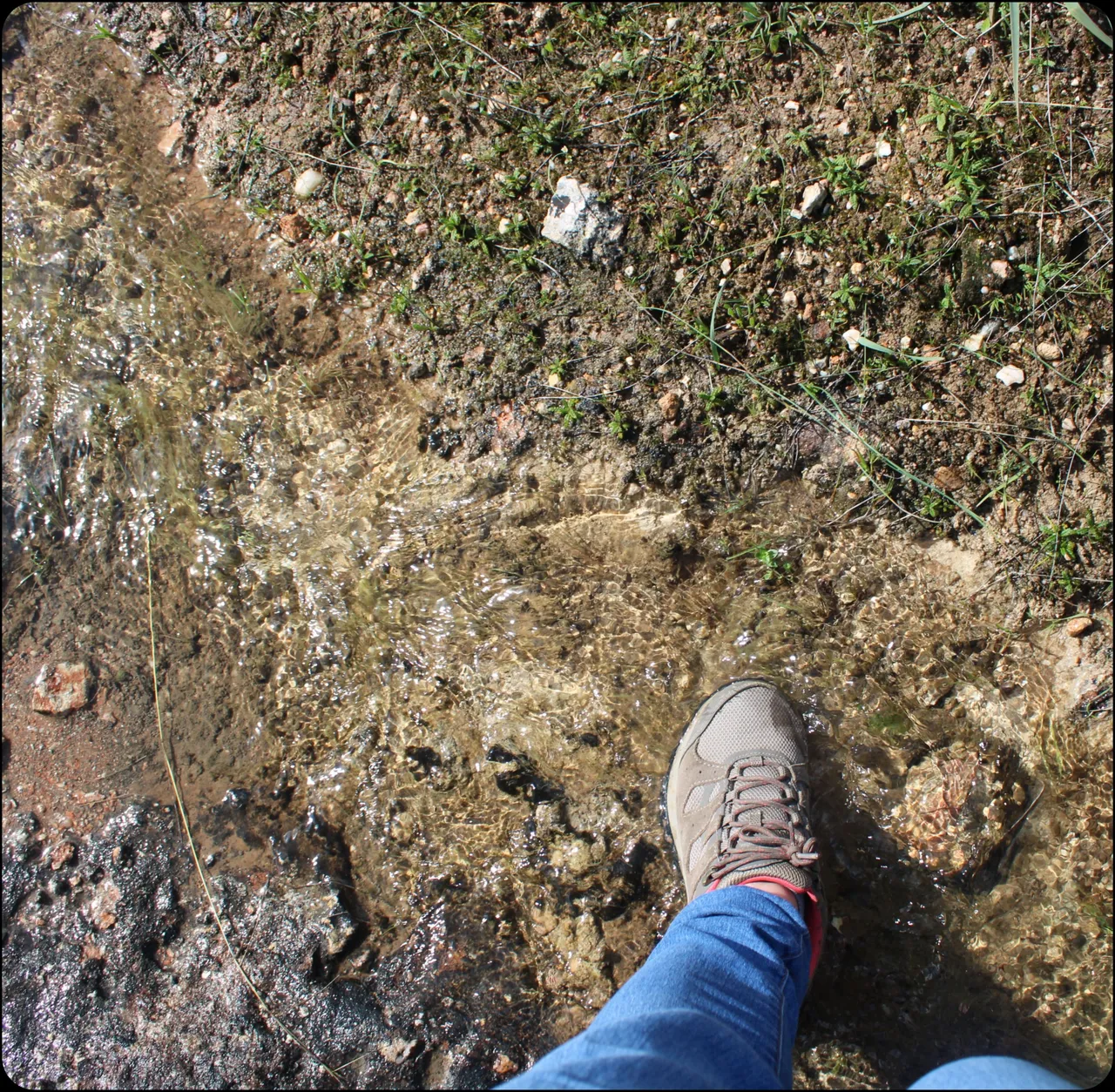
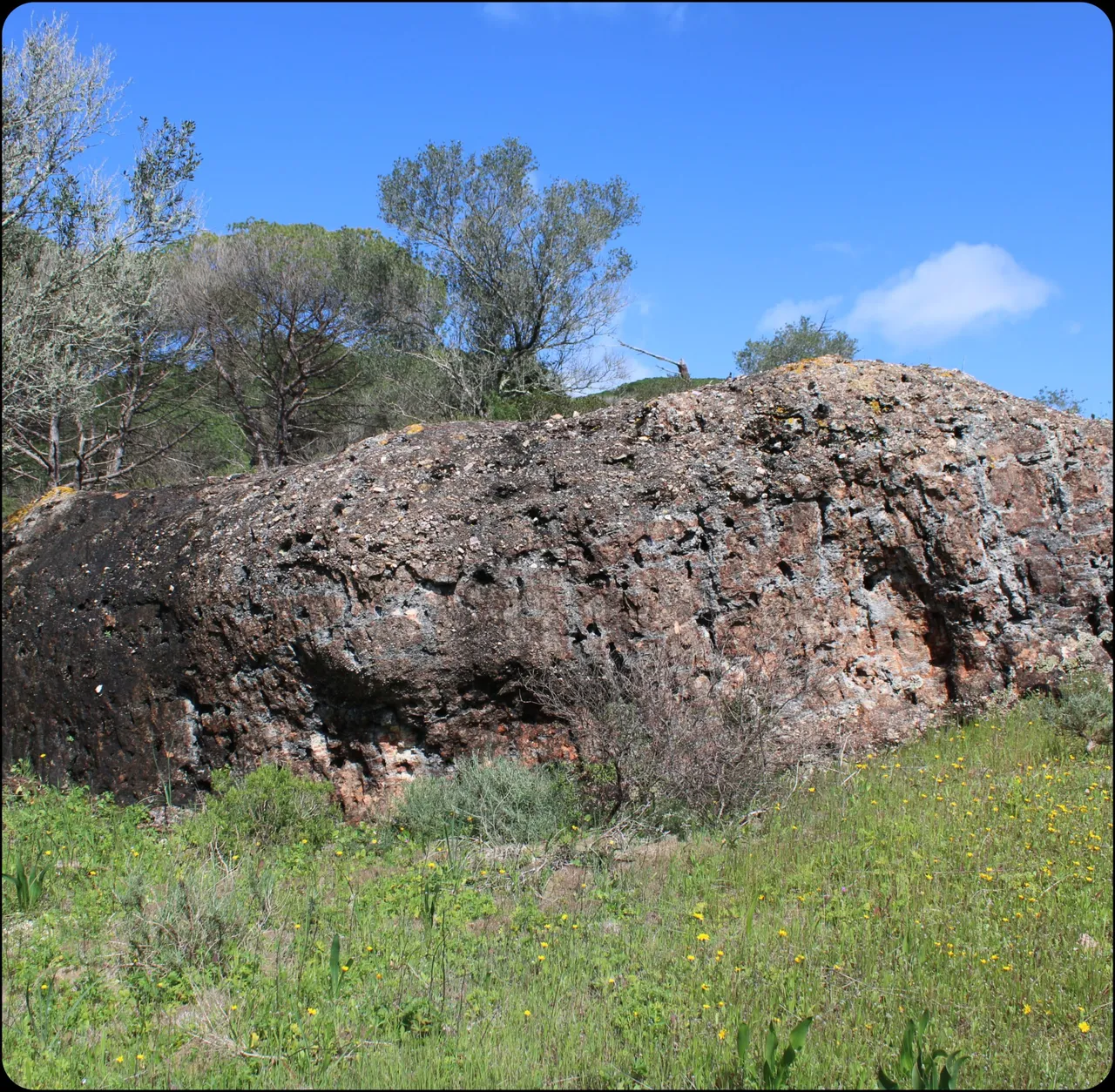

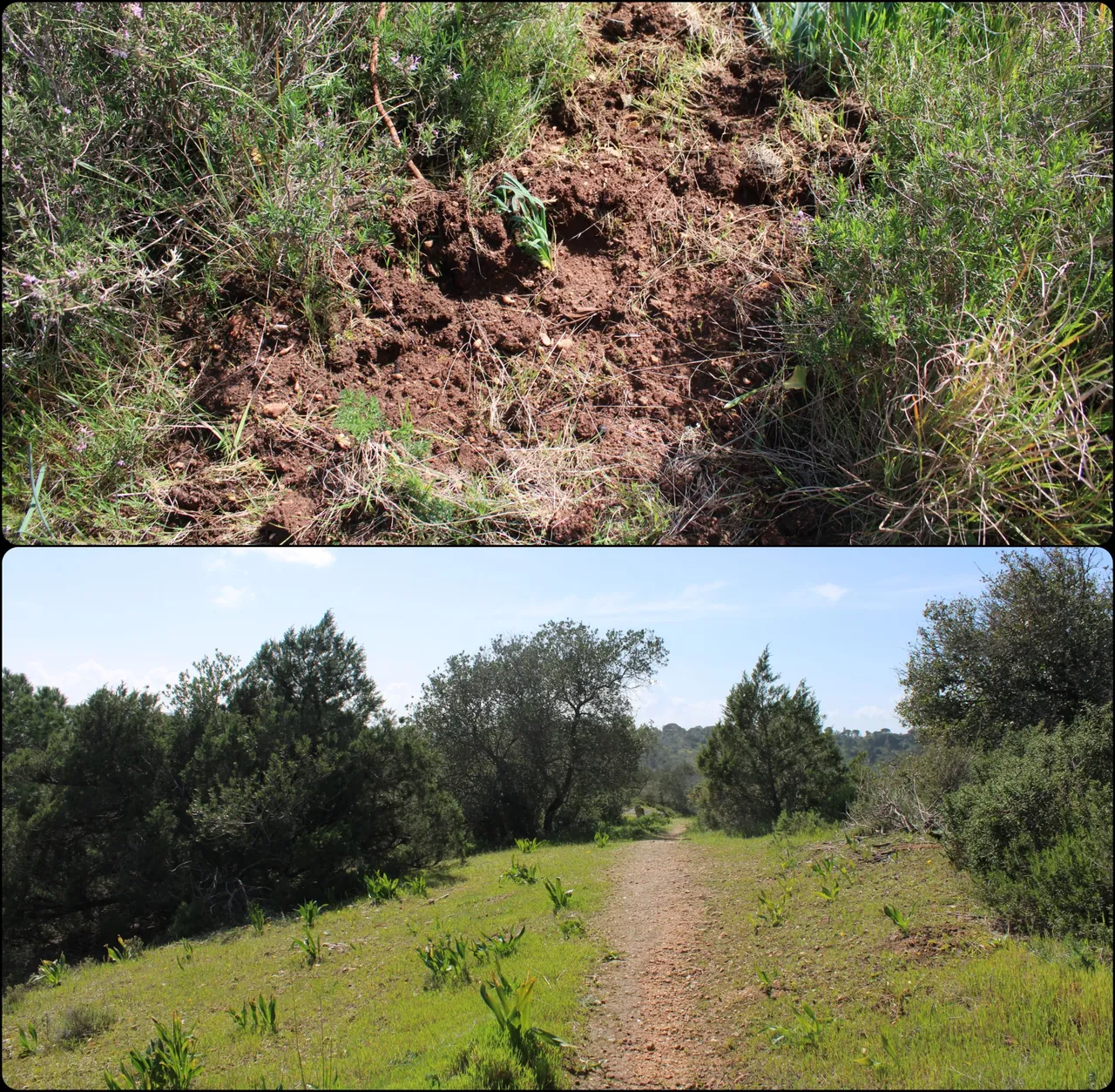
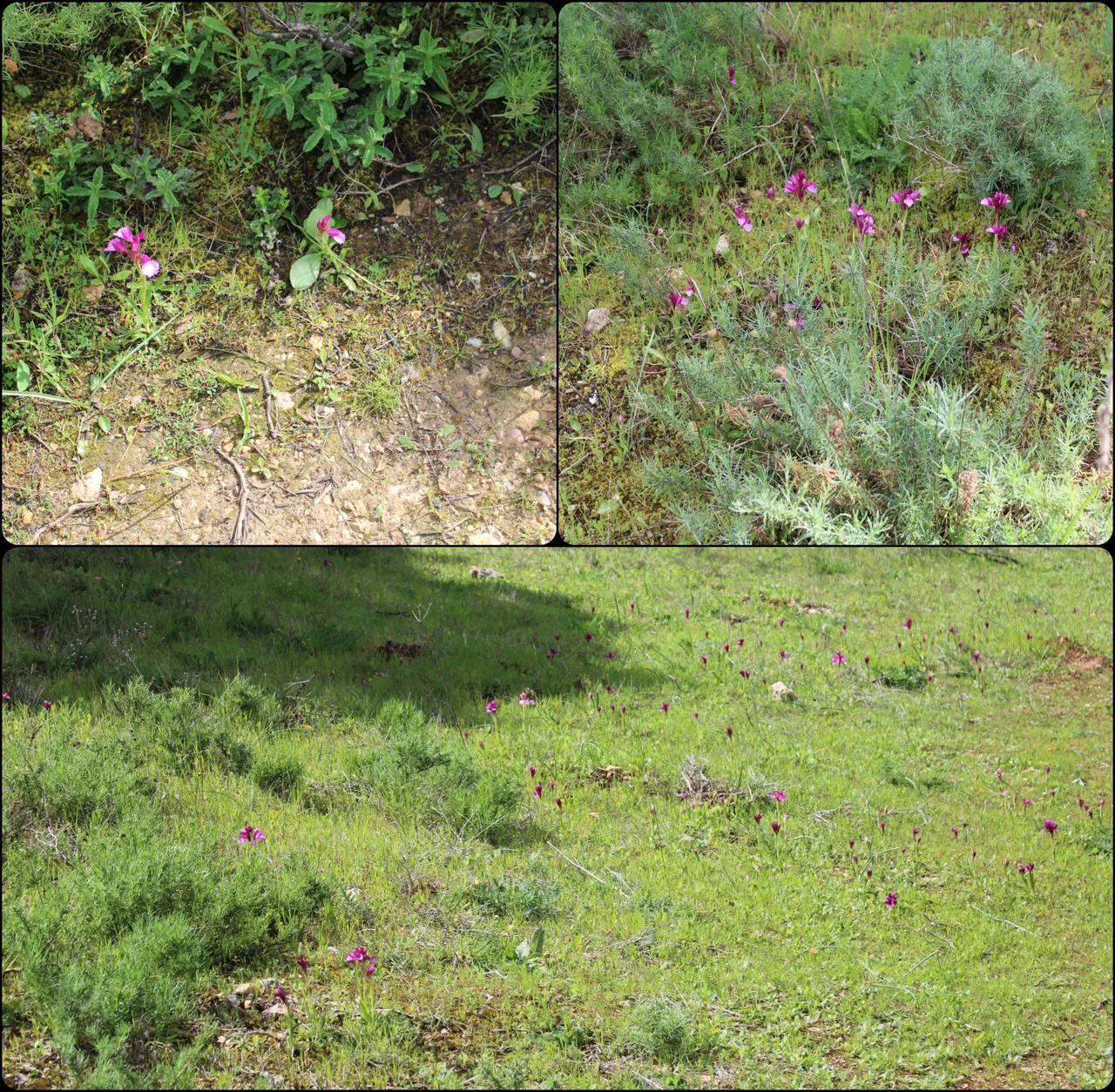
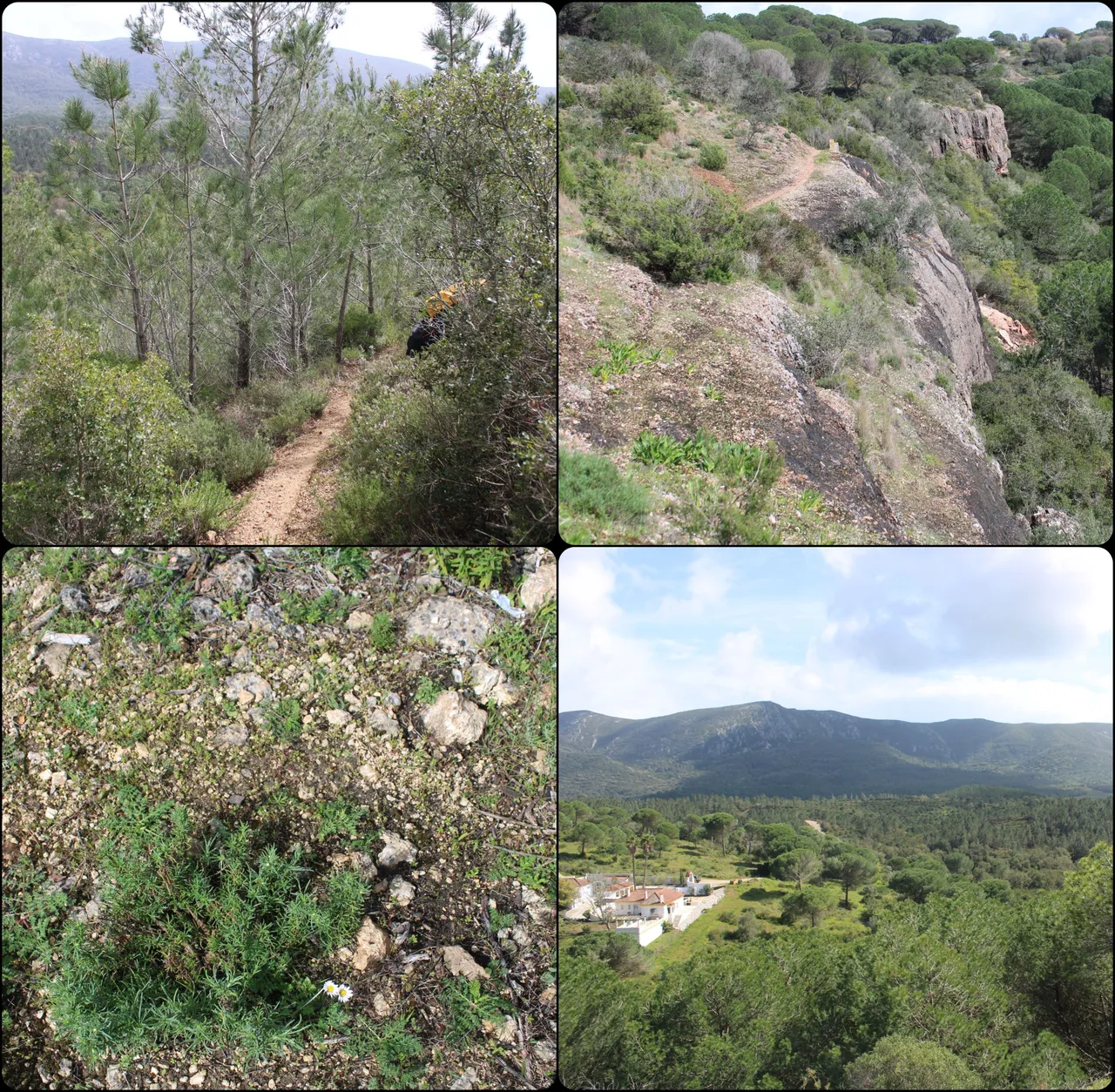

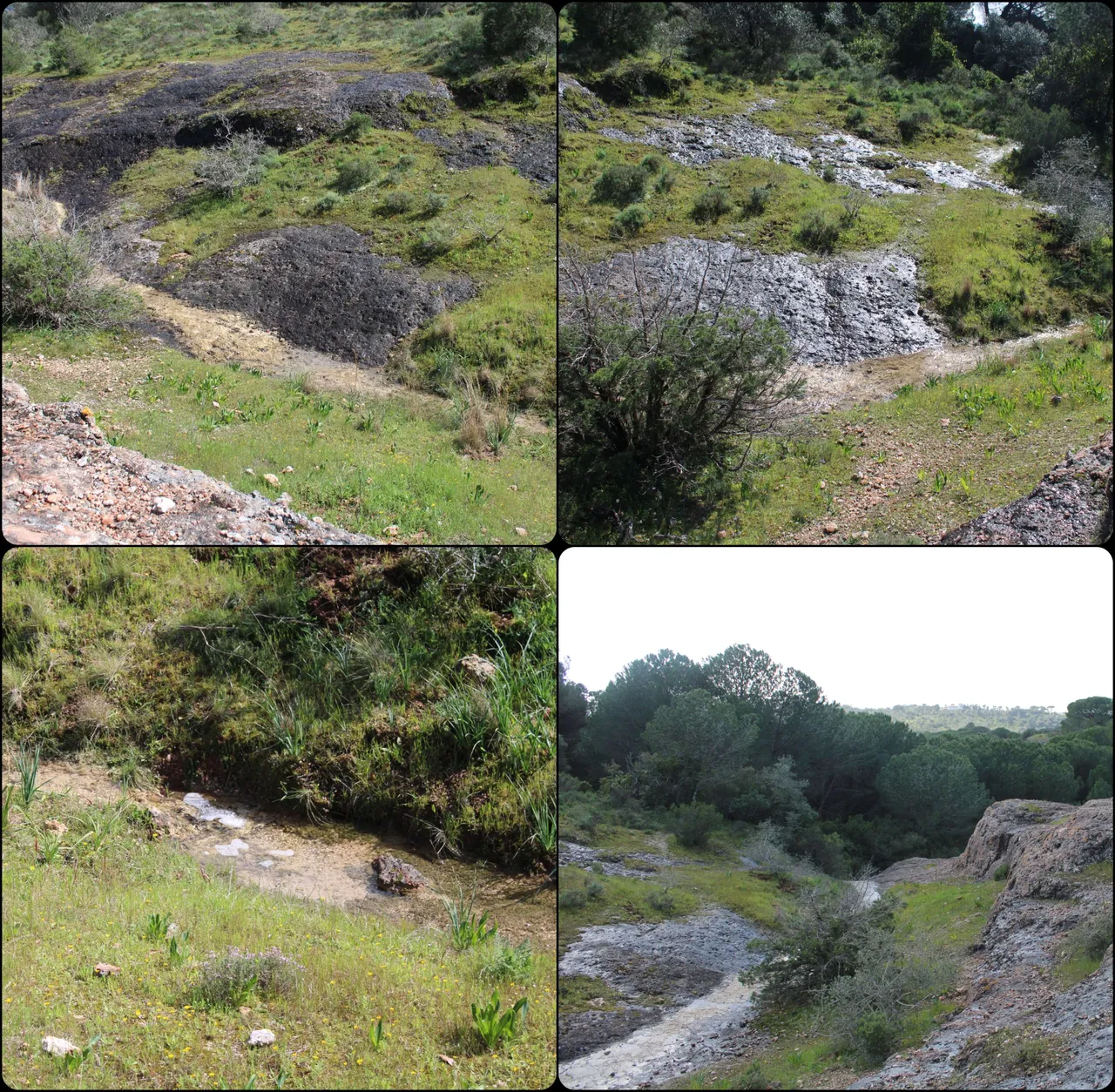

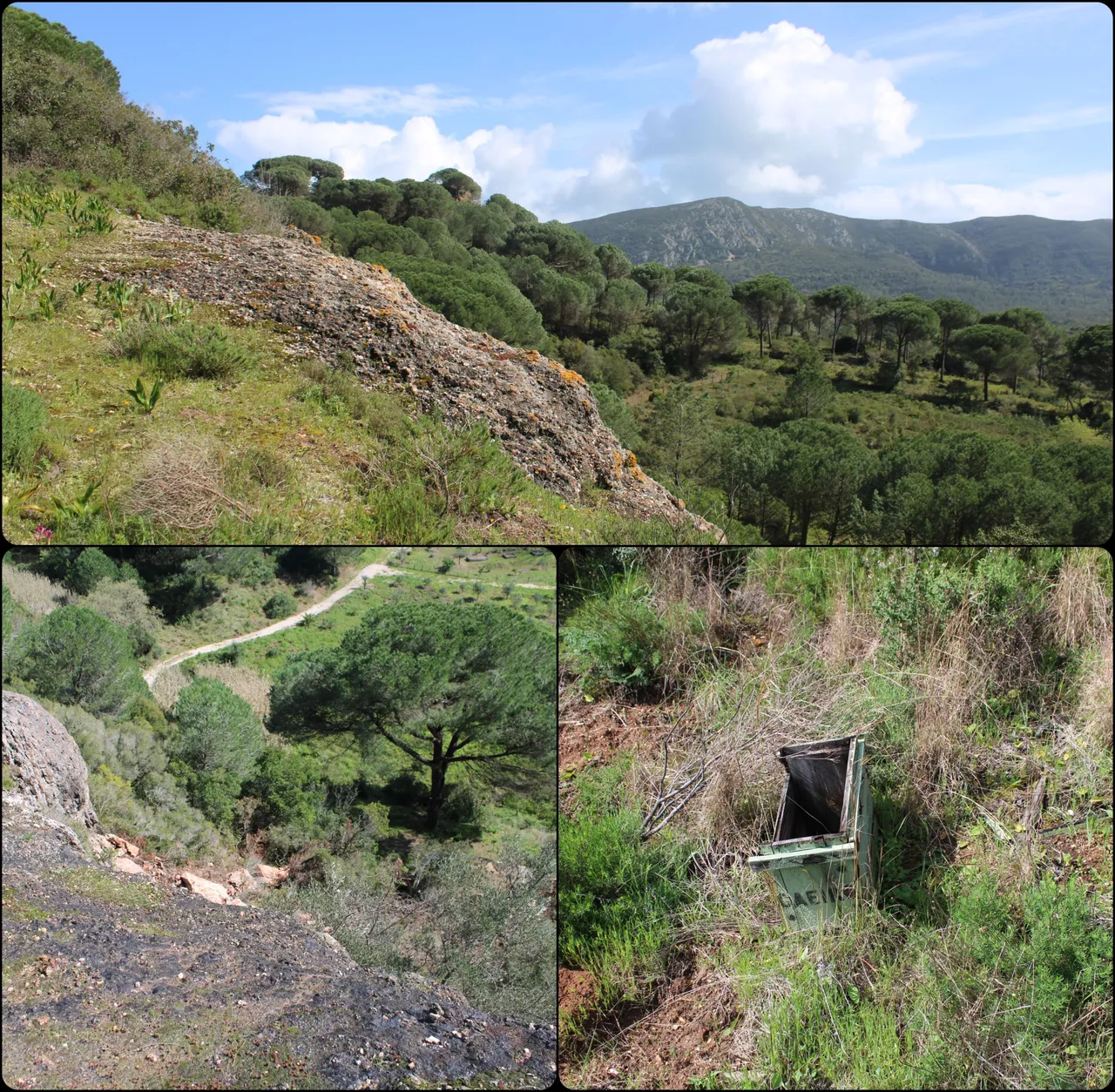
Another thing we can notice is that this reserve is very rocky, even the stones of the reserve in the past were used to build monuments, churches, roads and other architecture of Portugal. Also on this route we found a house in the middle of the mountains, with nothing around, just nature and home. Undoubtedly, the owners must be very pleased to be able to live in a reserve.
It is normal that in the route we find some trees or stones fallen on the road and it is because at the end of the winter the country lived a storm that caused many damages in houses and forests.
ESP
Otras de las cosas que podemos notar es que esta reserva es muy rocosa, incluso las piedras de la reserva en el pasado fueron utilizadas para construir monumentos, iglesias, rutas y otras arquitecturas de Portugal. También en esta ruta nos encontramos una vivienda en el medio de las montañas, sin nada alrededor, solo la naturaleza y el hogar. Sin duda, los propietarios deben ser muy gratos al lograr vivir en una reserva.
Es normal que en la ruta nos encontremos algunos árboles o piedras caídas en el camino y es porque finalizando el invierno el país vivió una tormenta que causó muchos daños en viviendas y florestas.
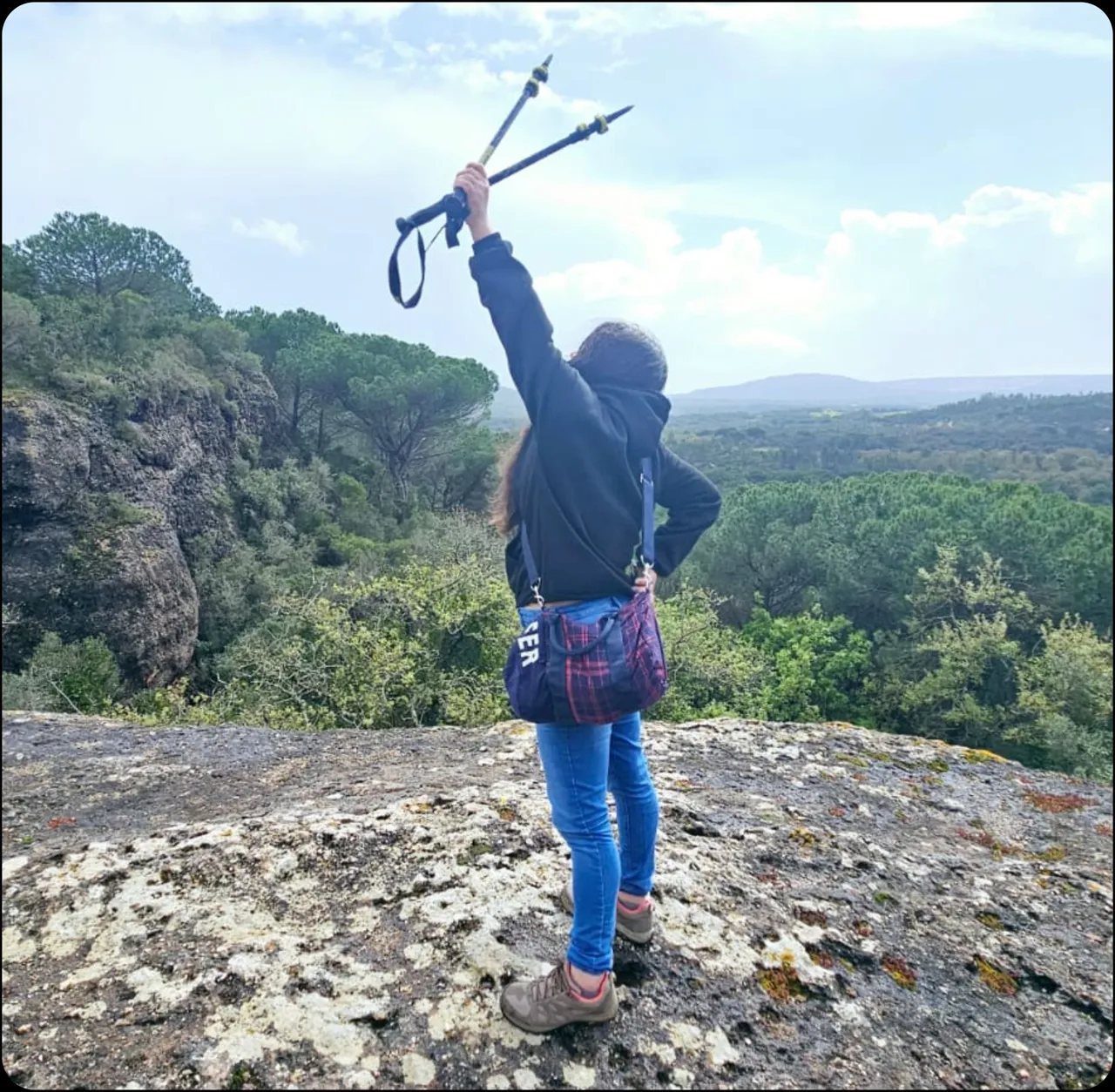
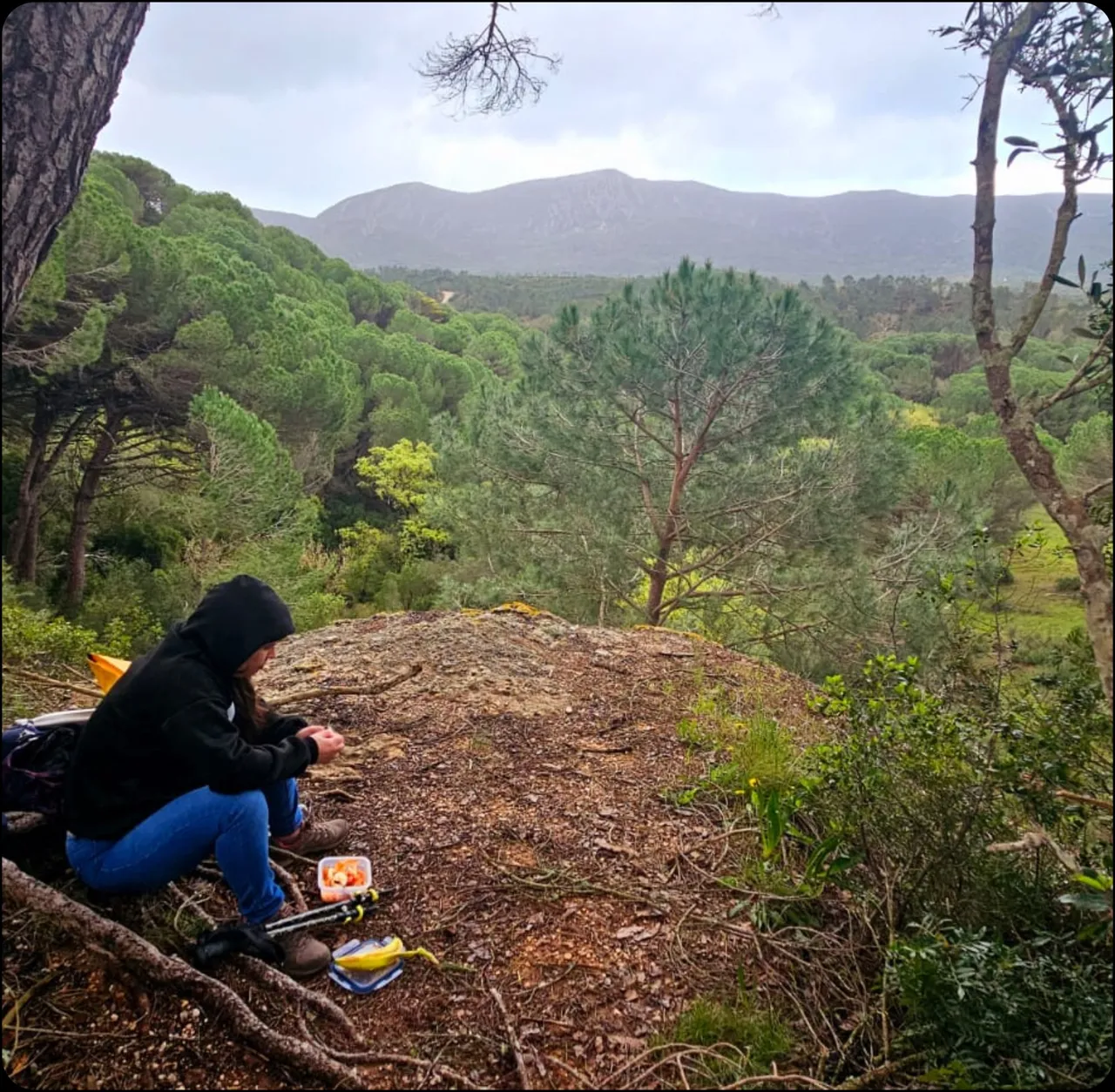

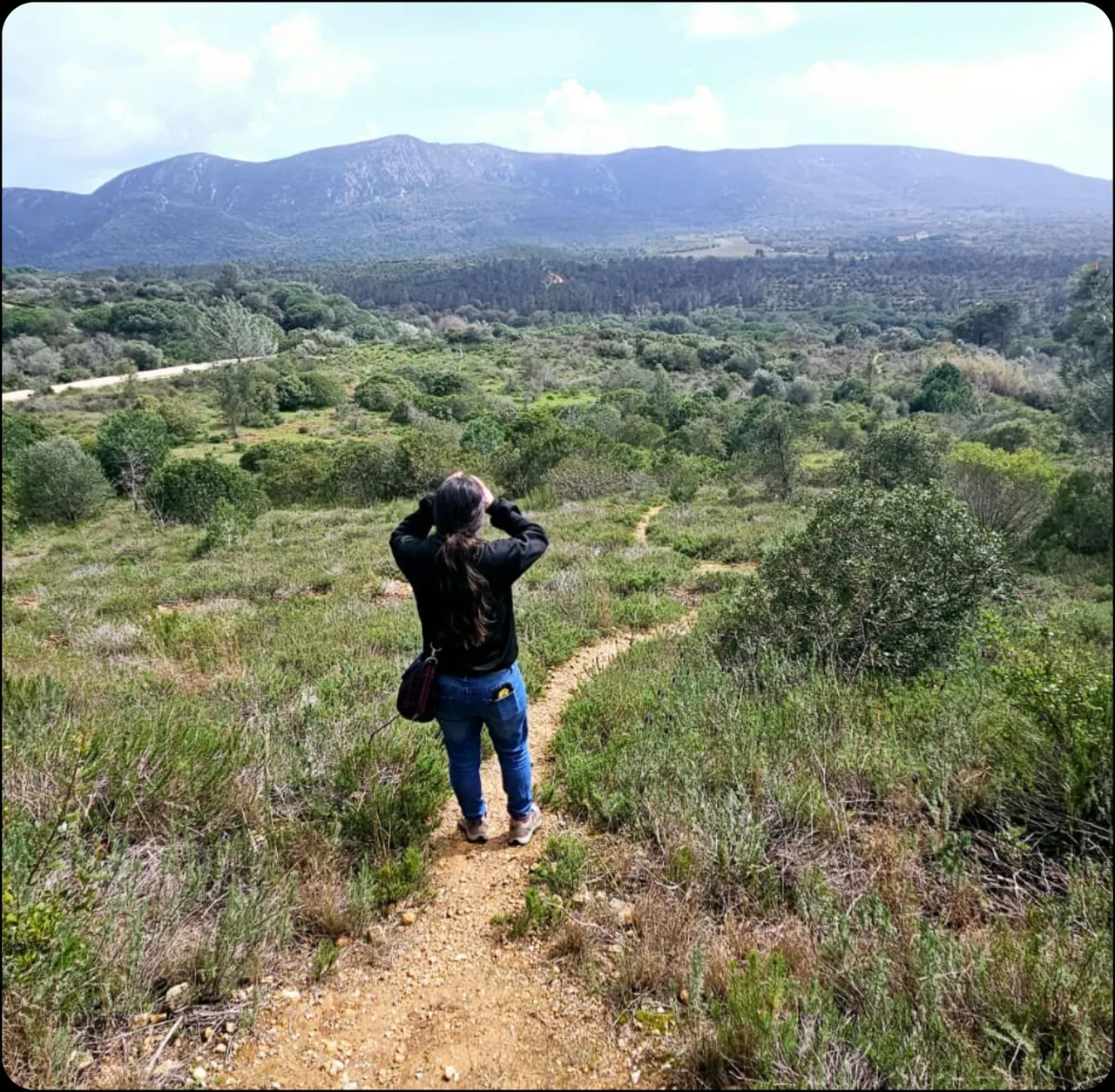
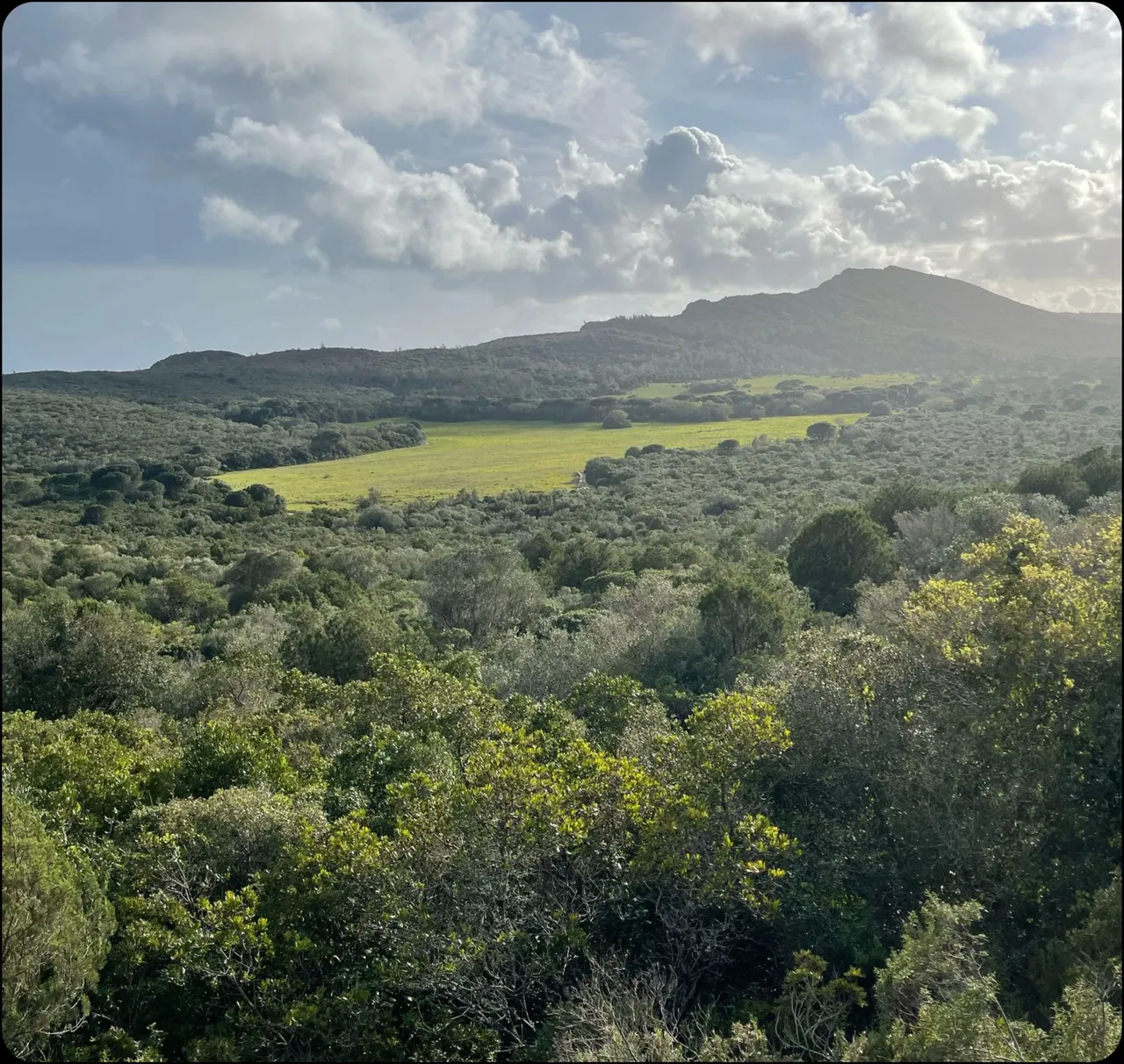
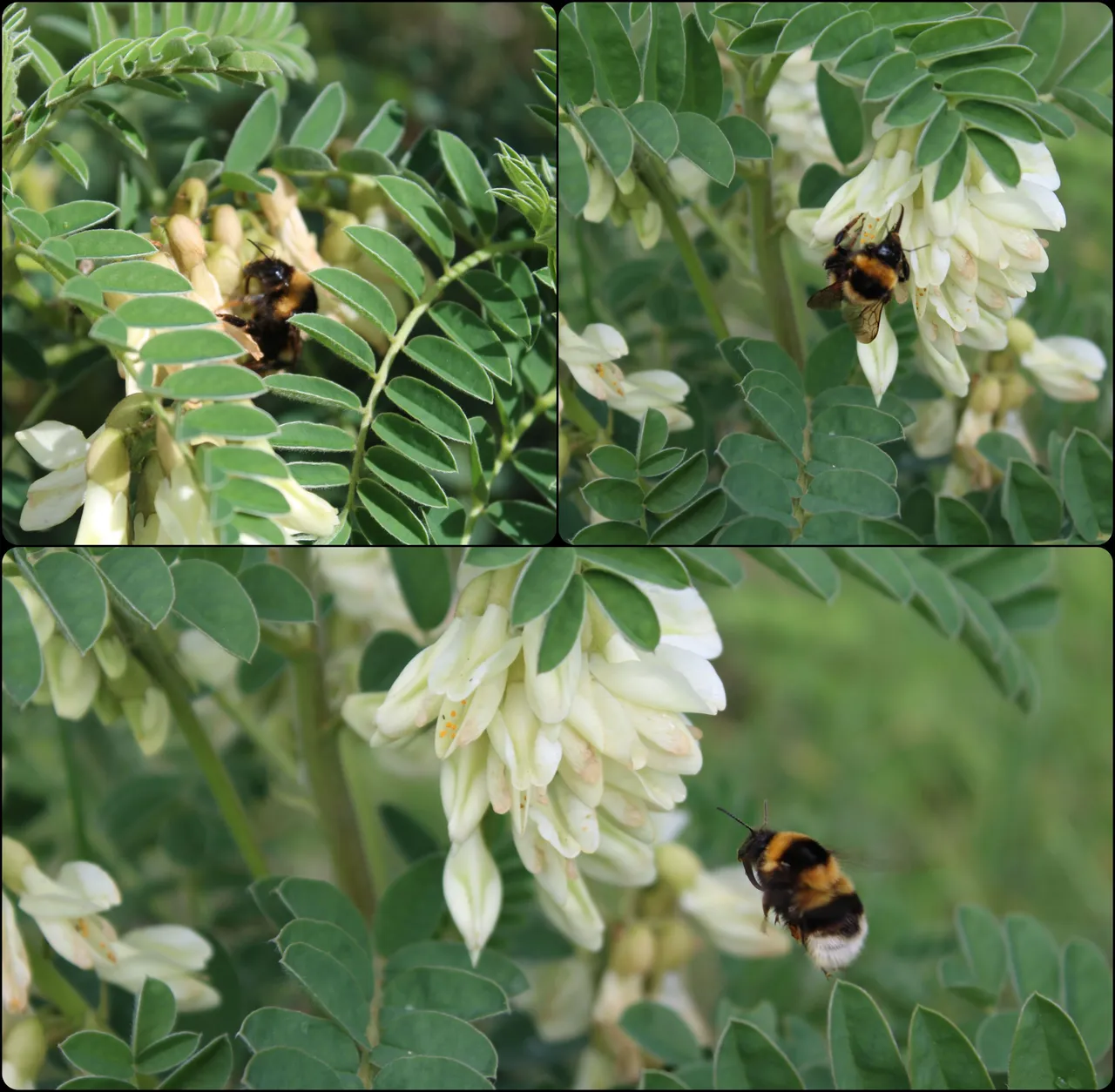

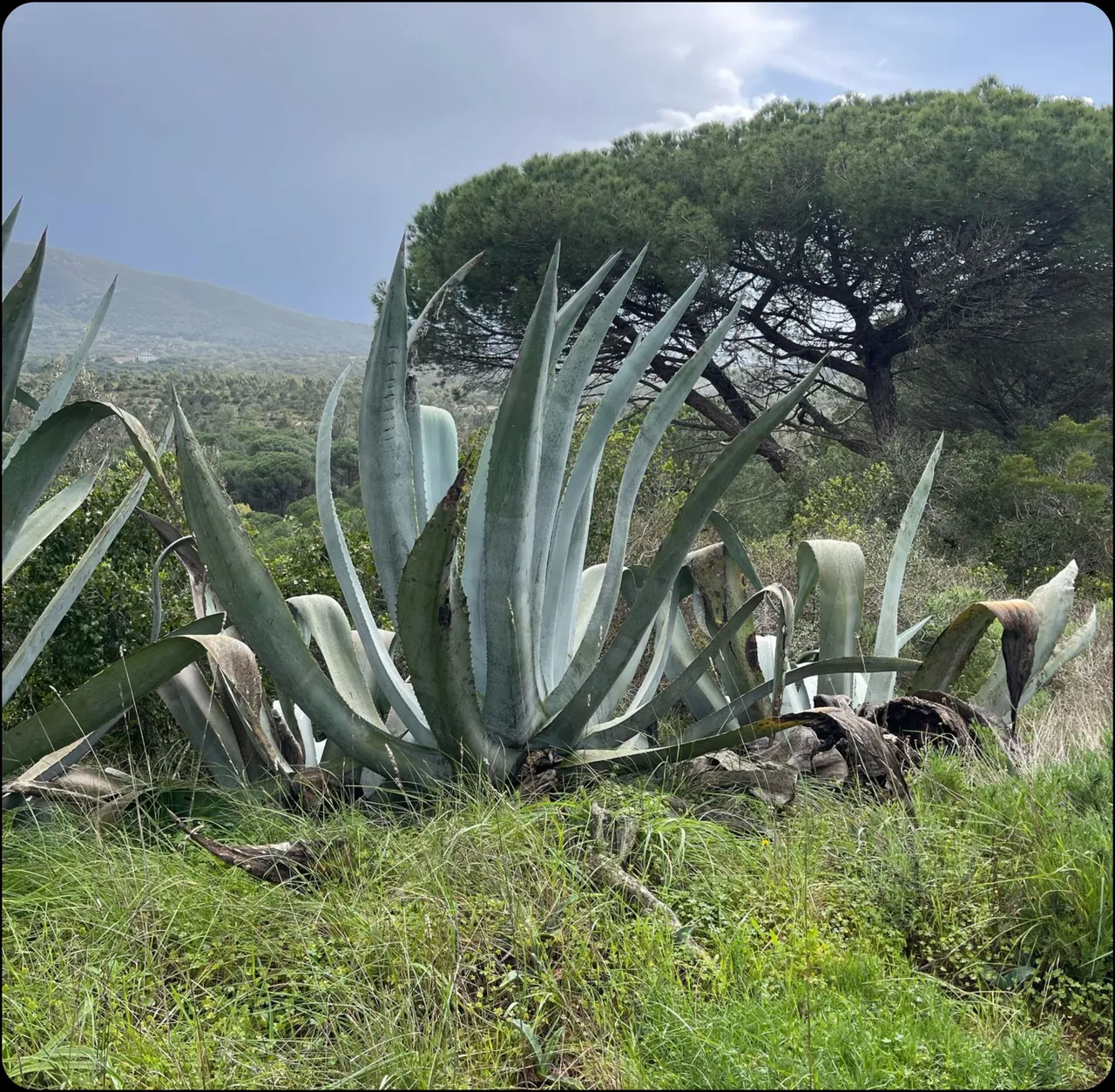
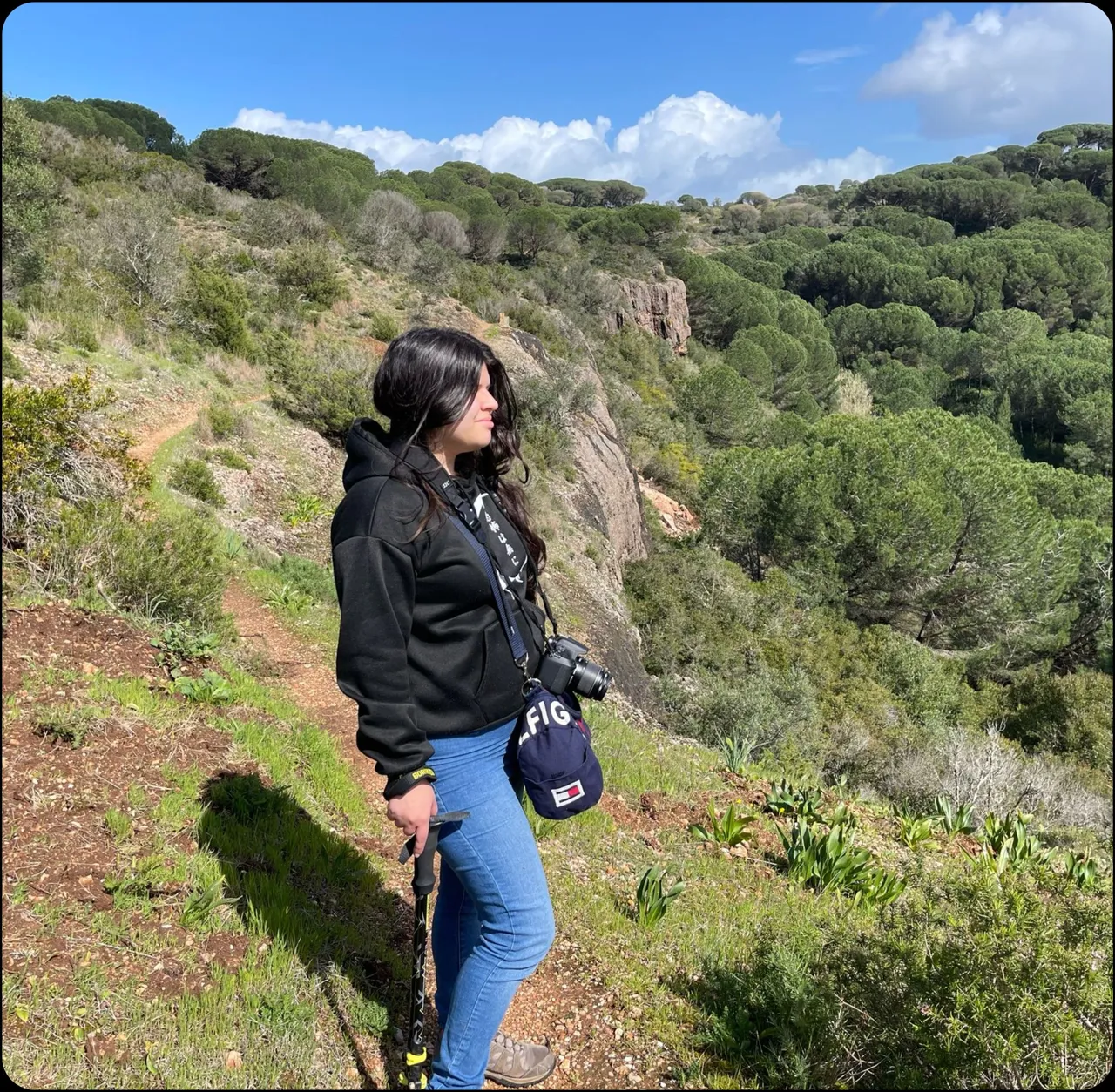
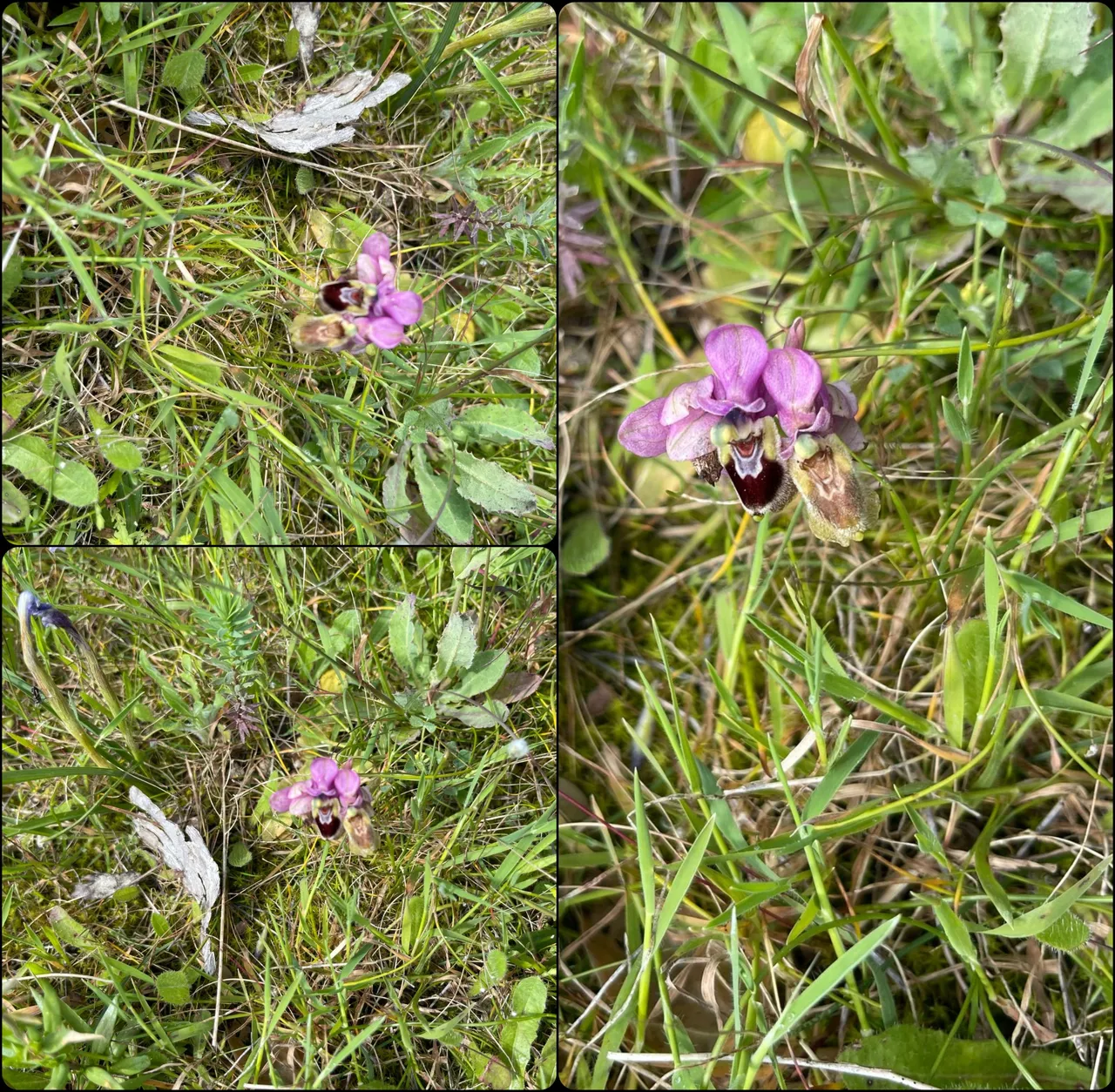
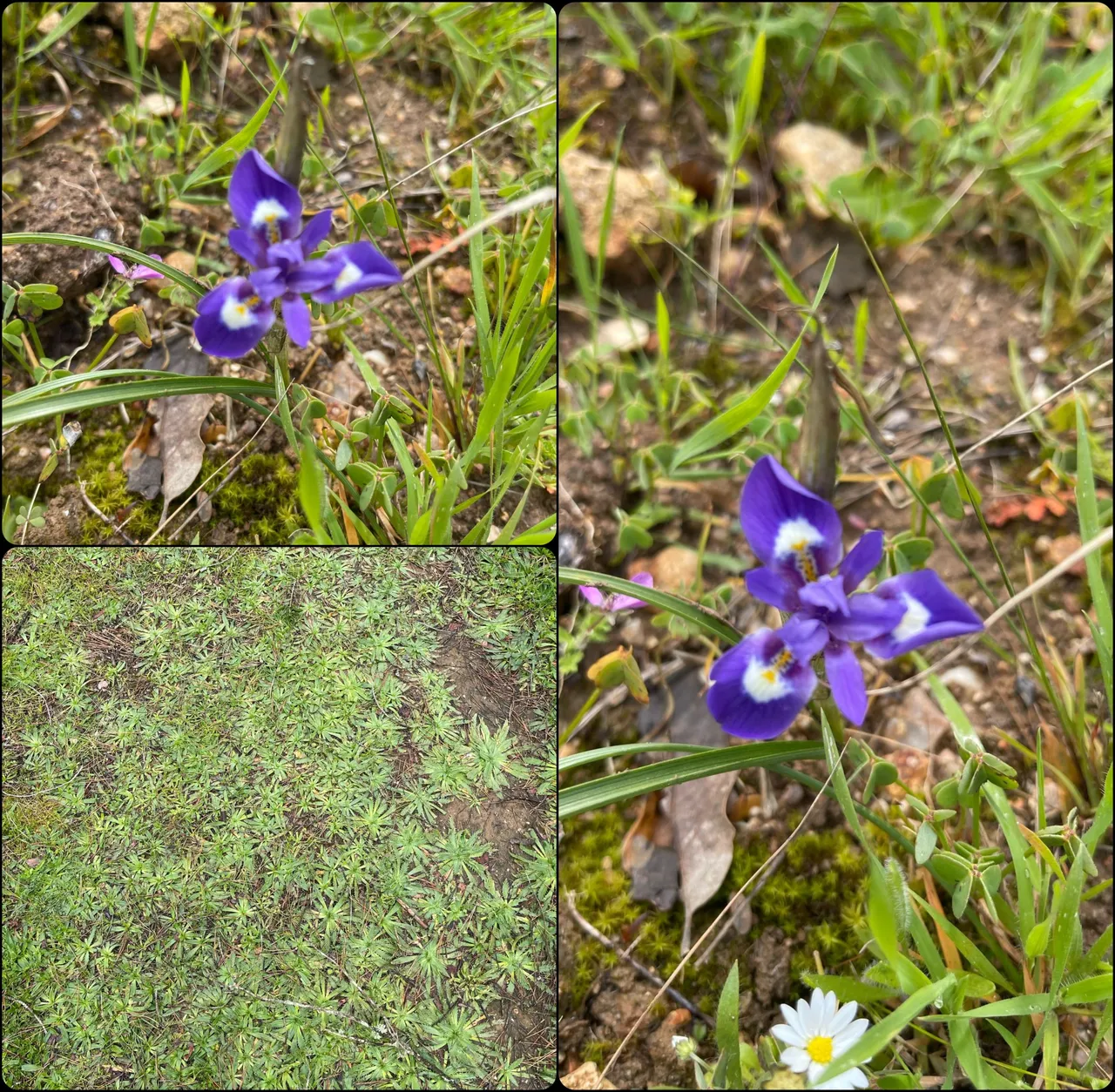
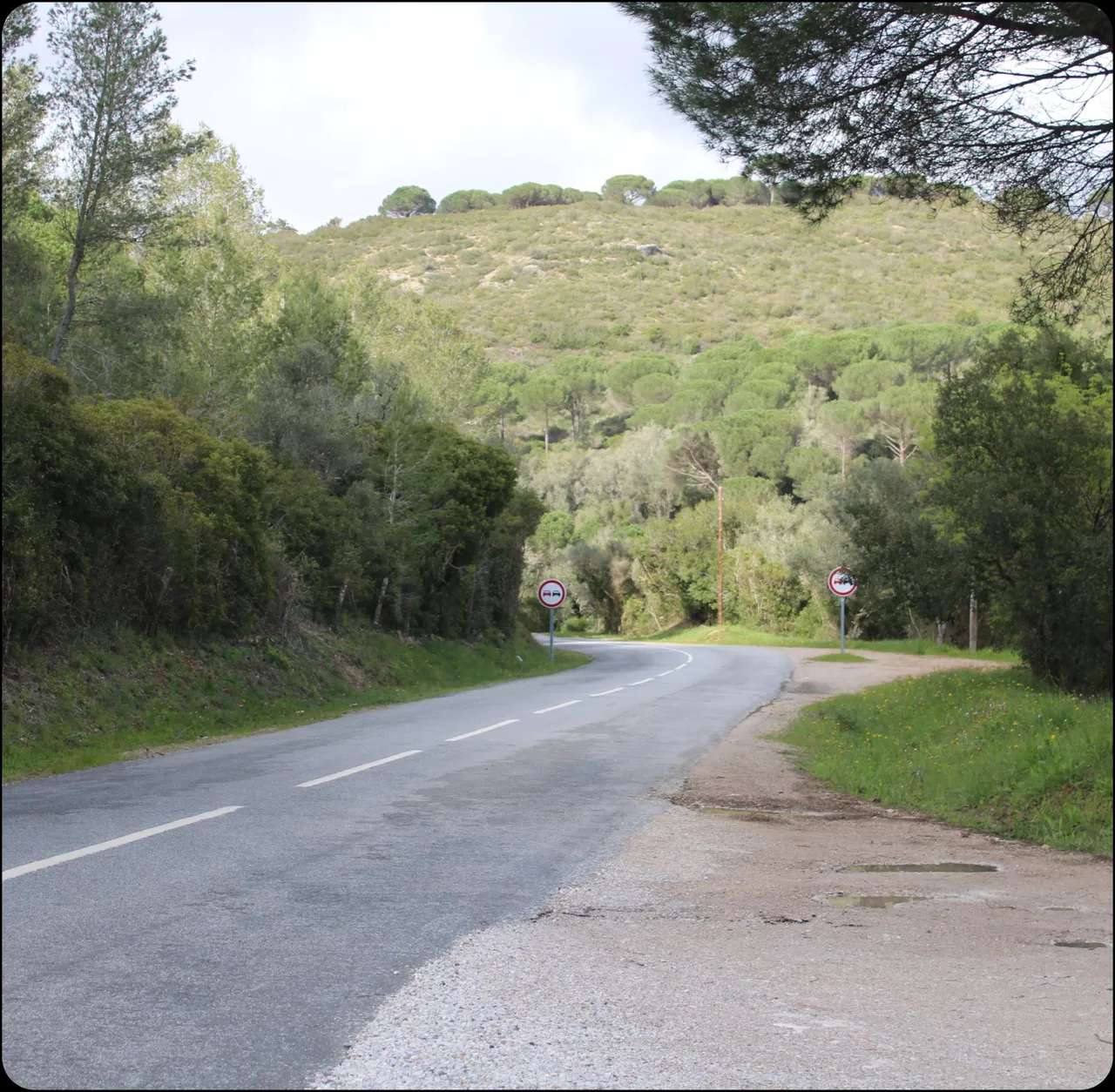
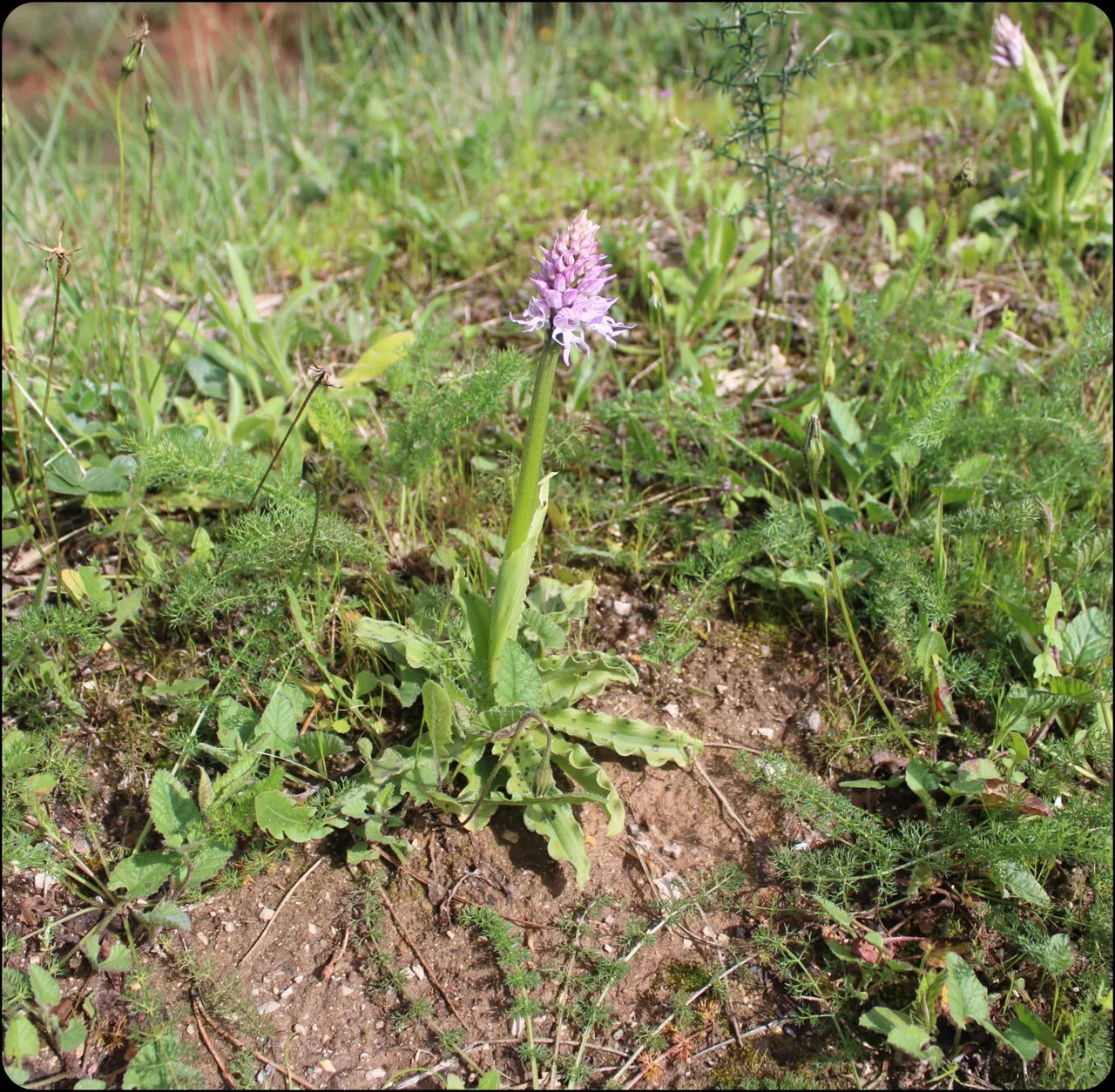

Information sources:The animals species were identified from google image
Link
Link
Link
Link
ESP
Fuentes de informaciòn:Fueron indentificadas las especies de animales desde google imagen.
Link
Link
Link
Link
